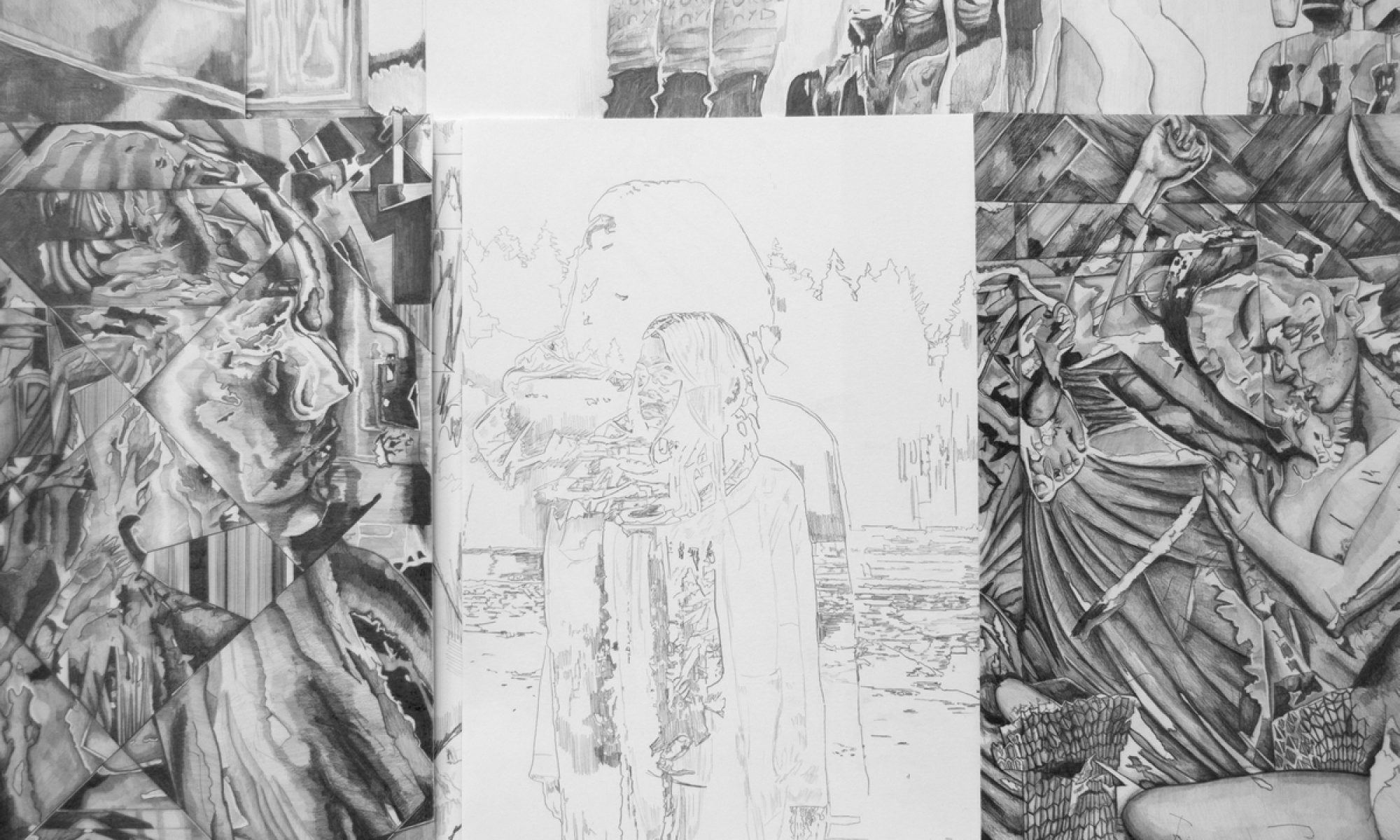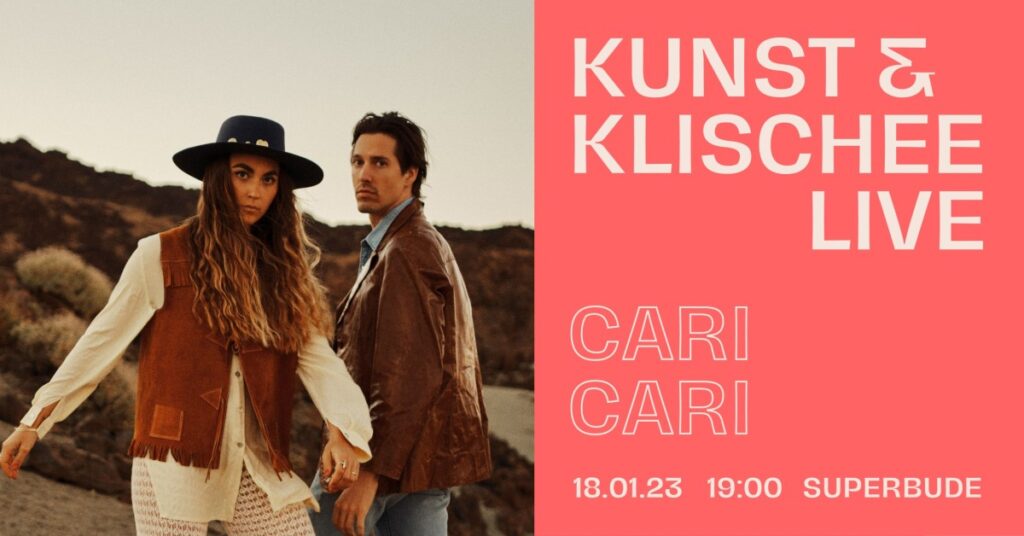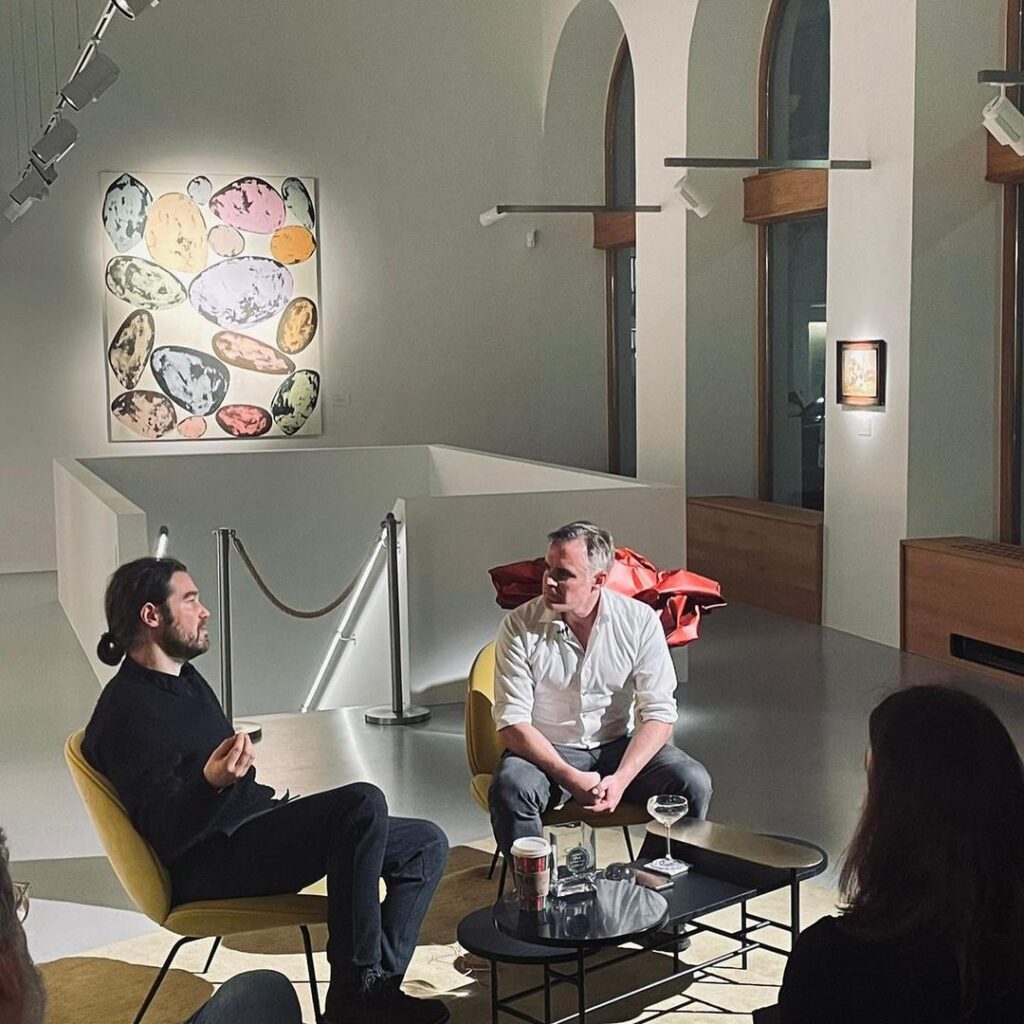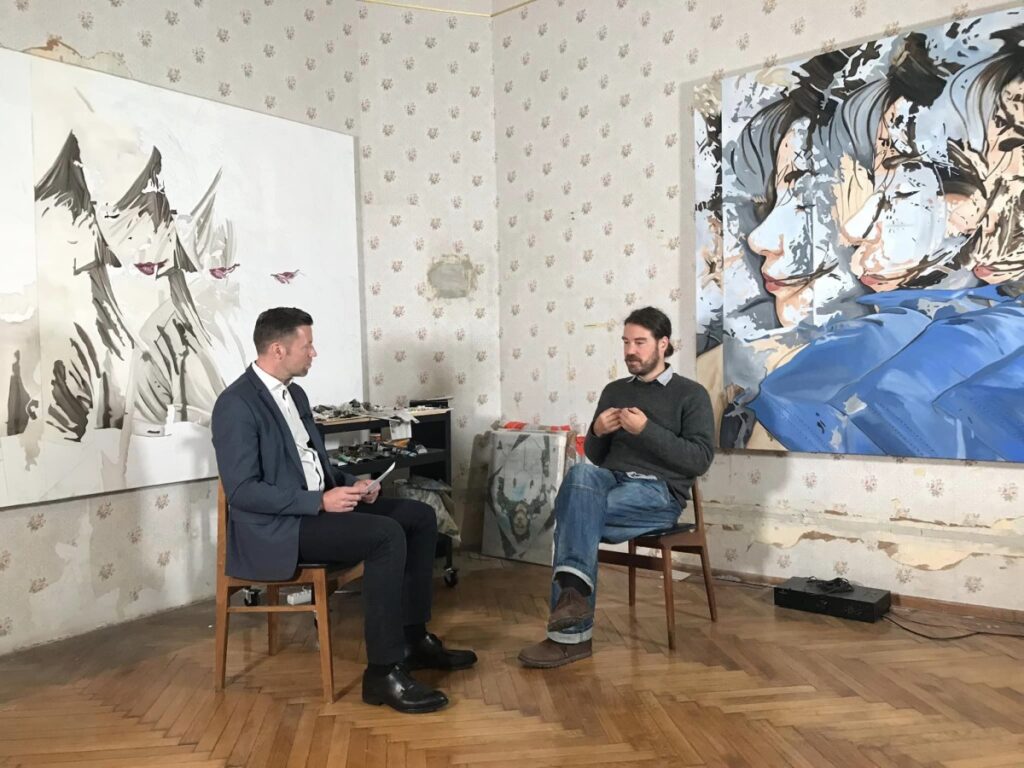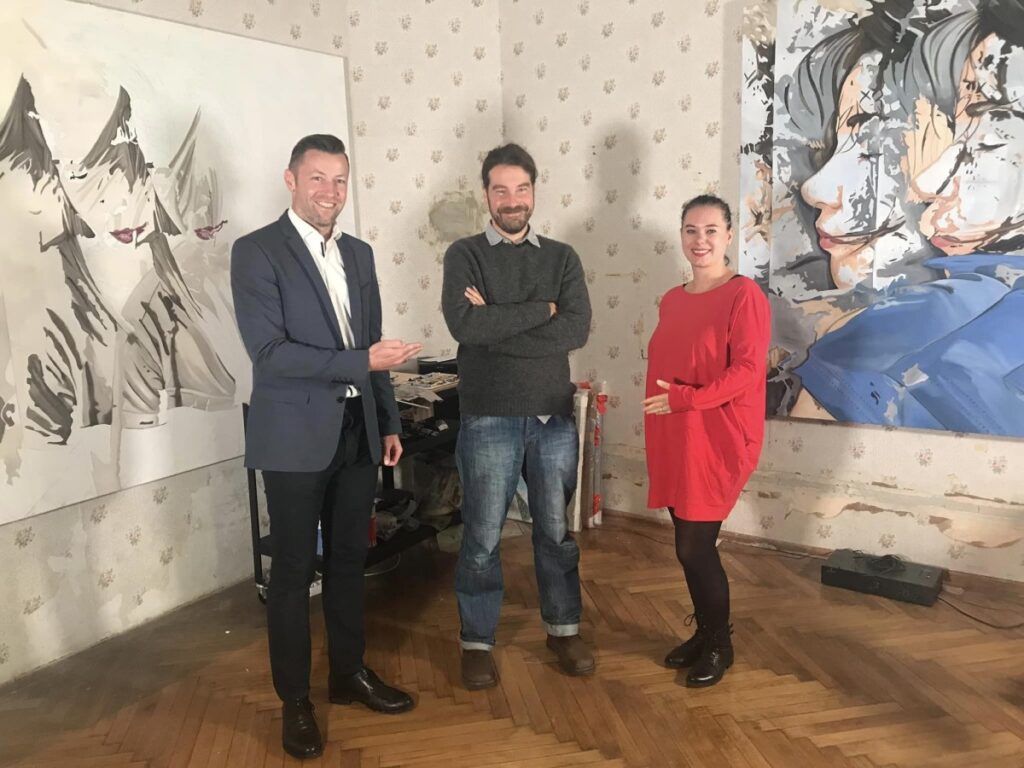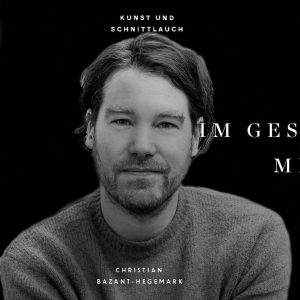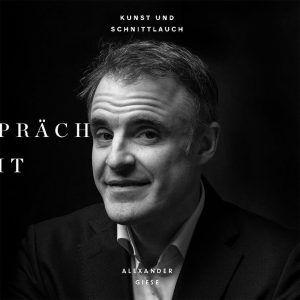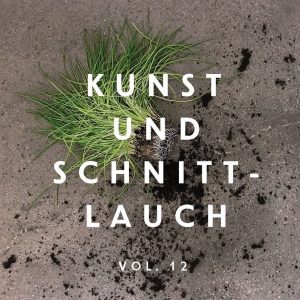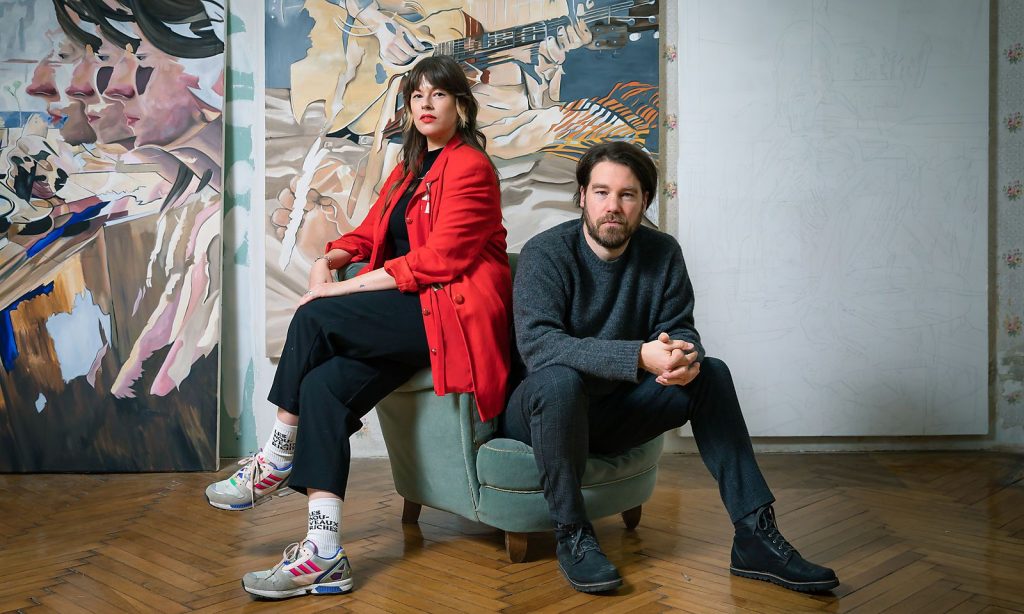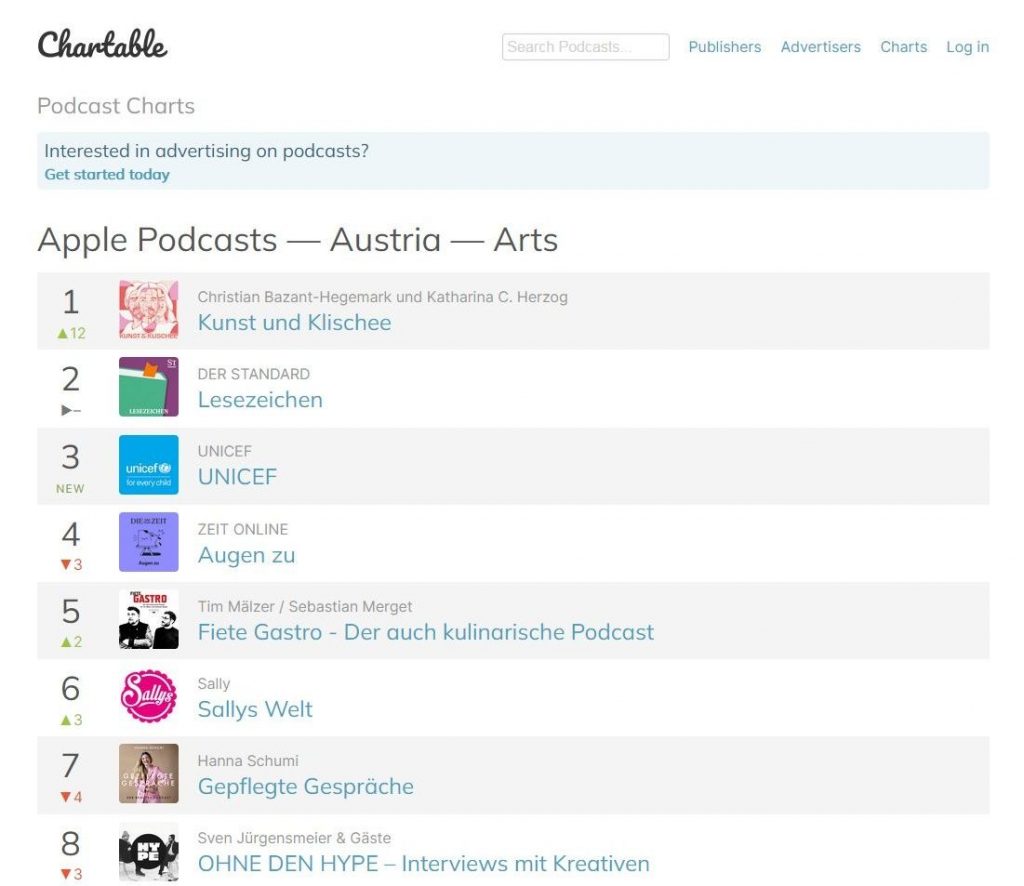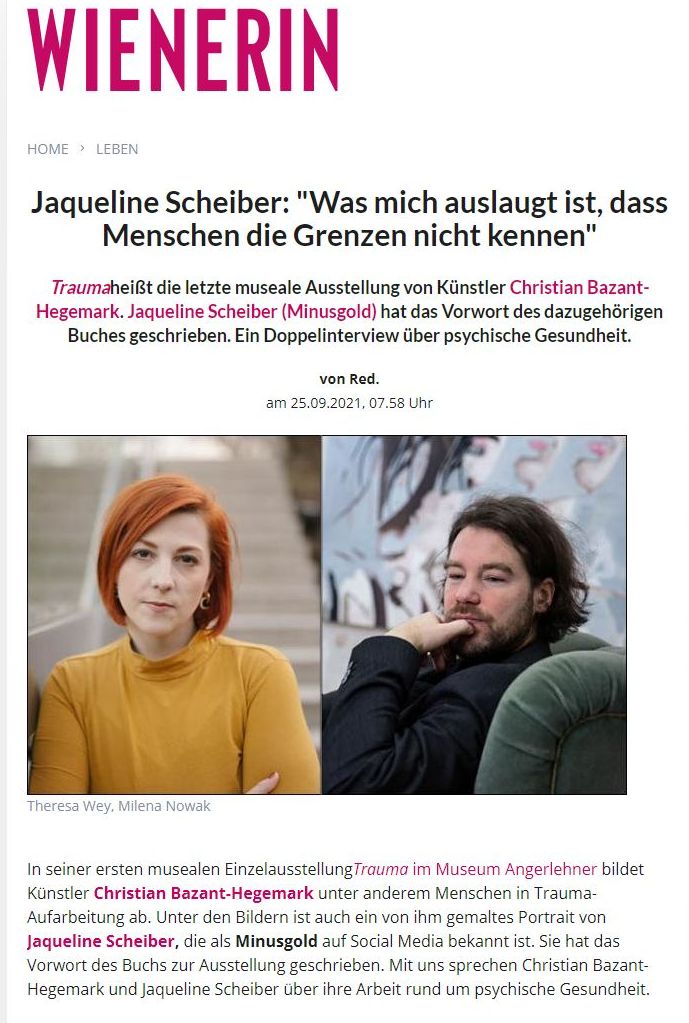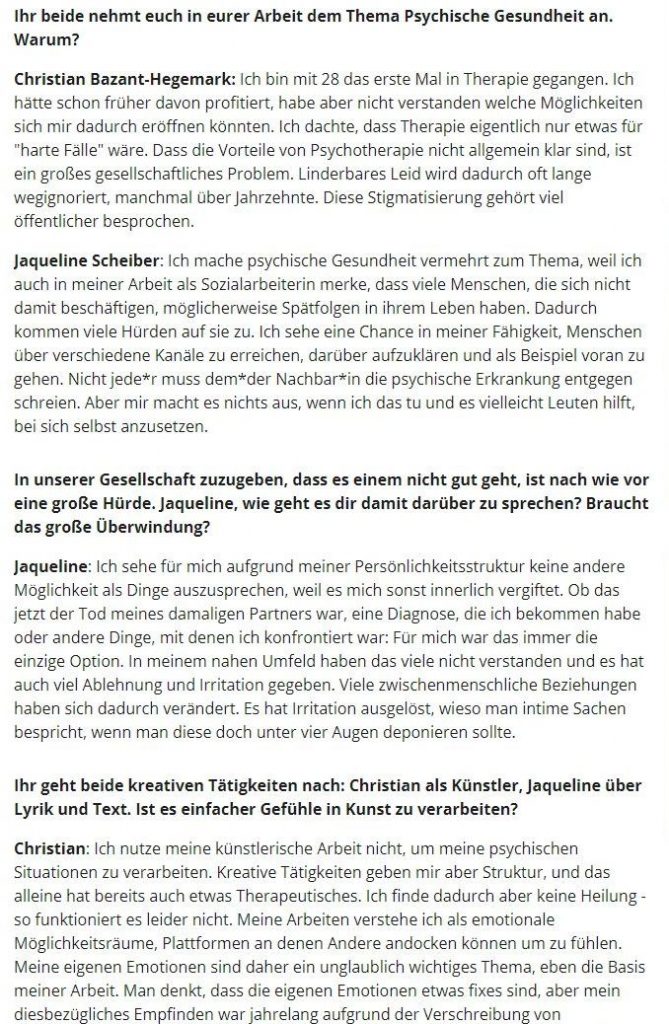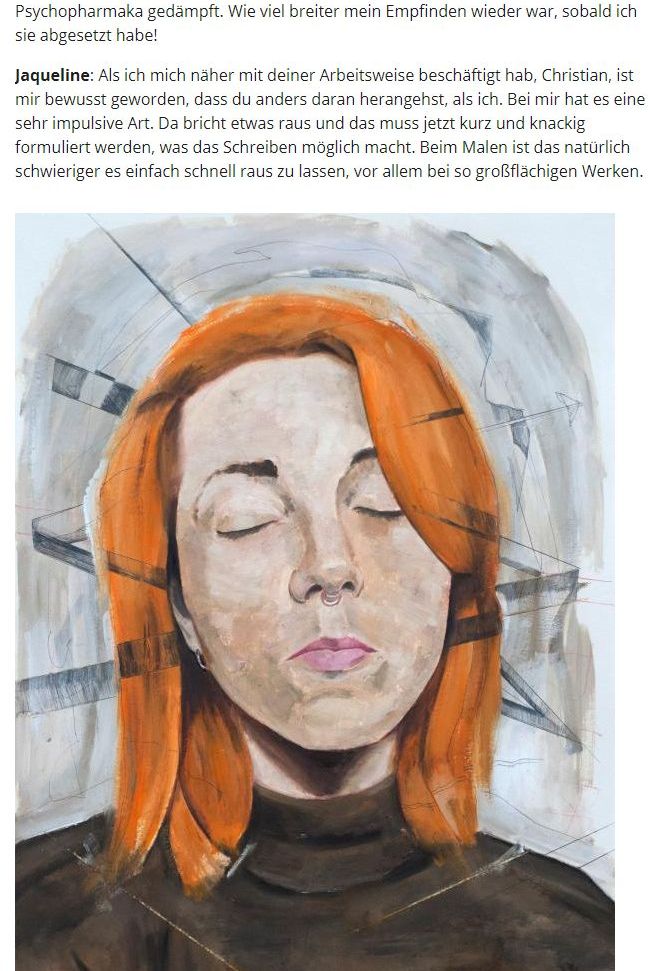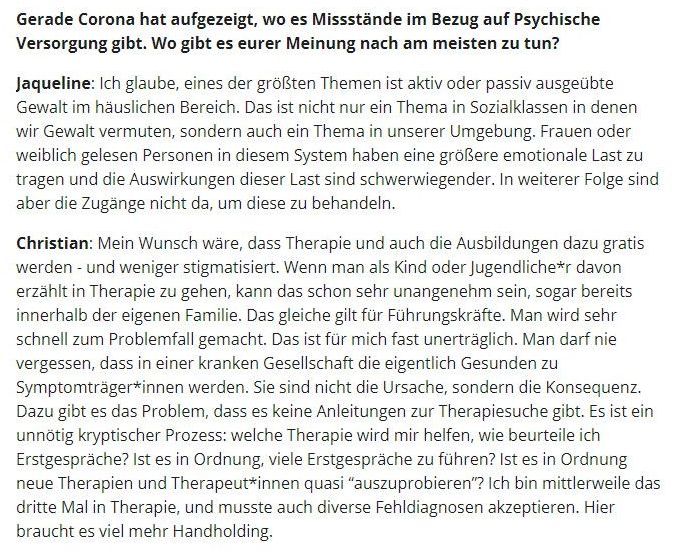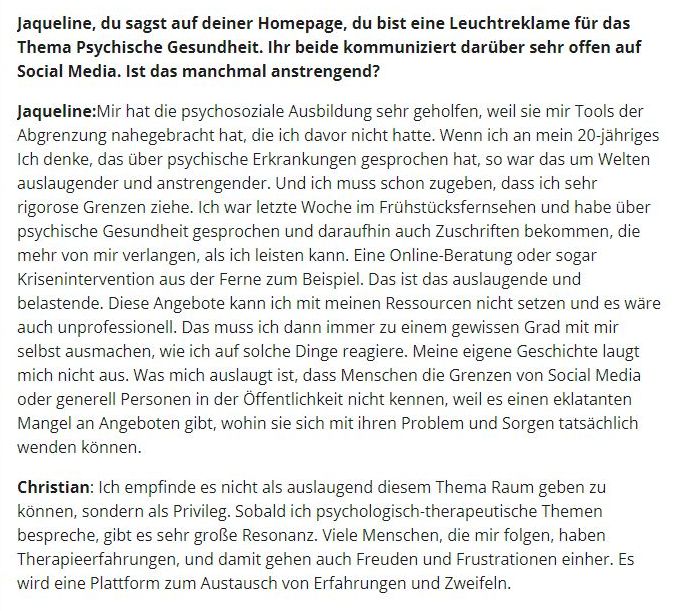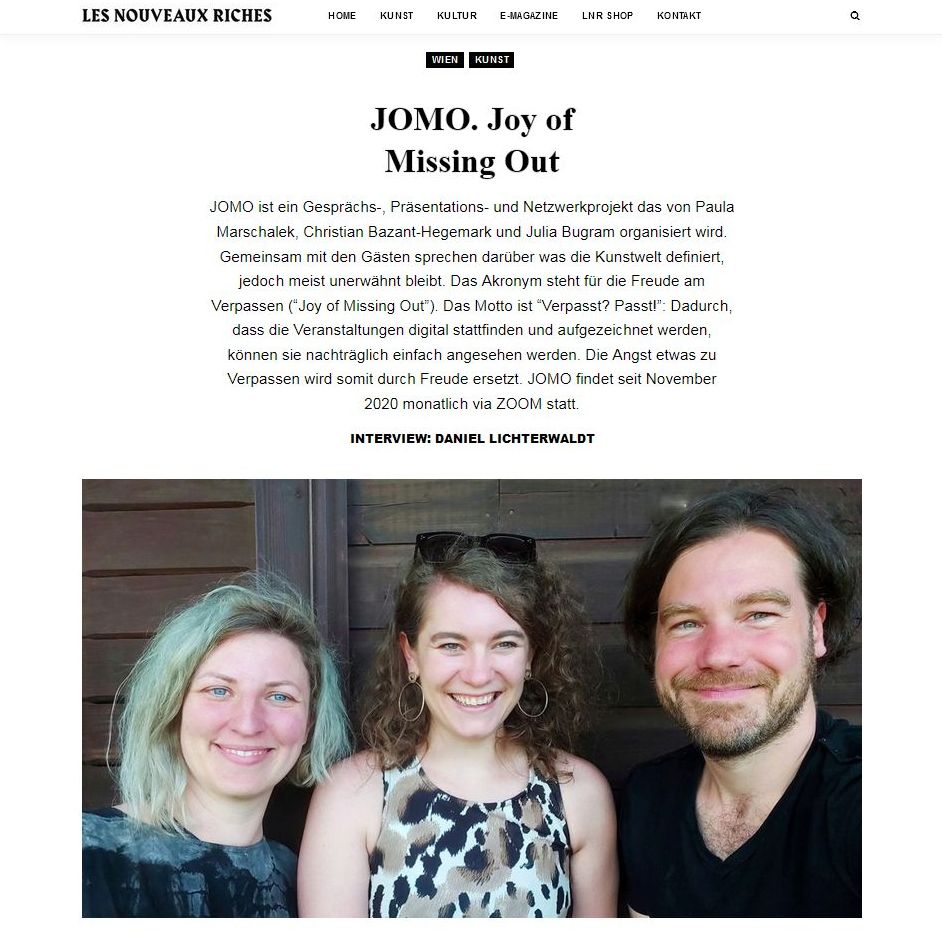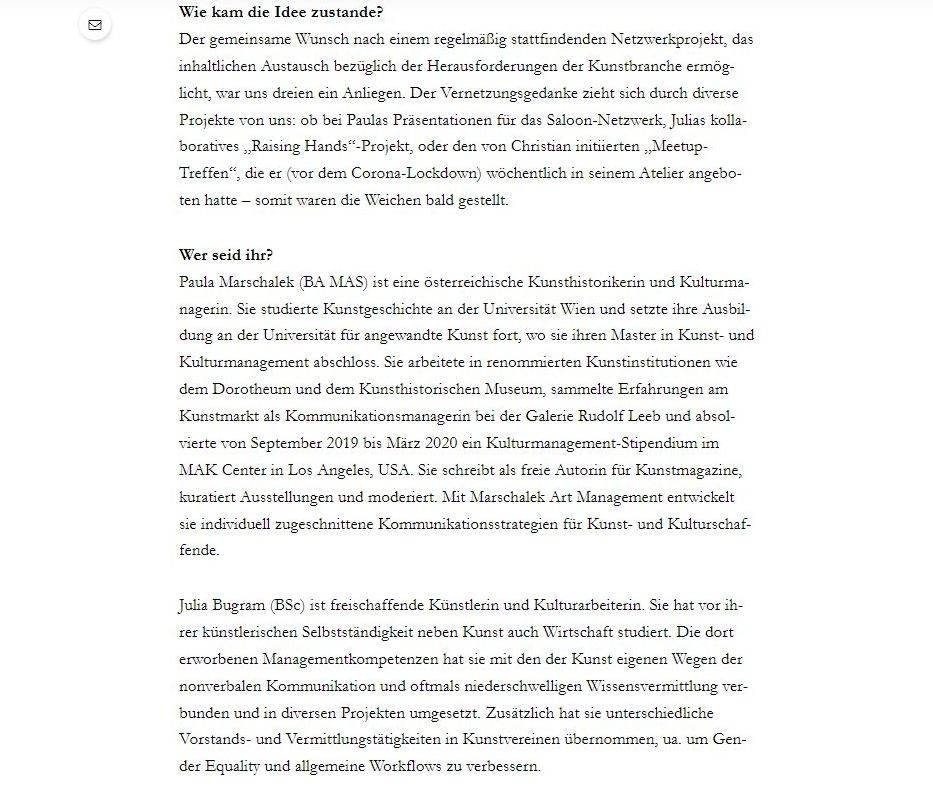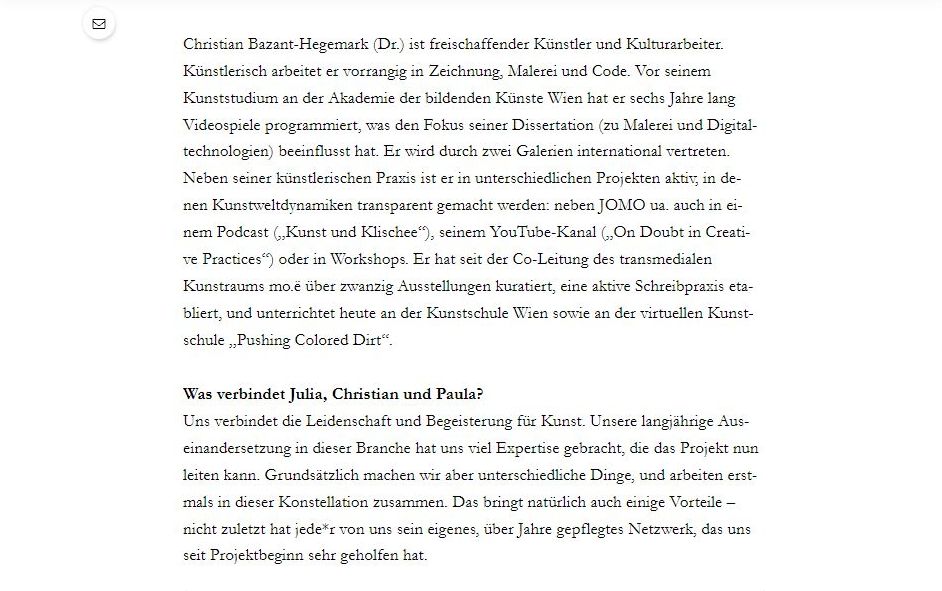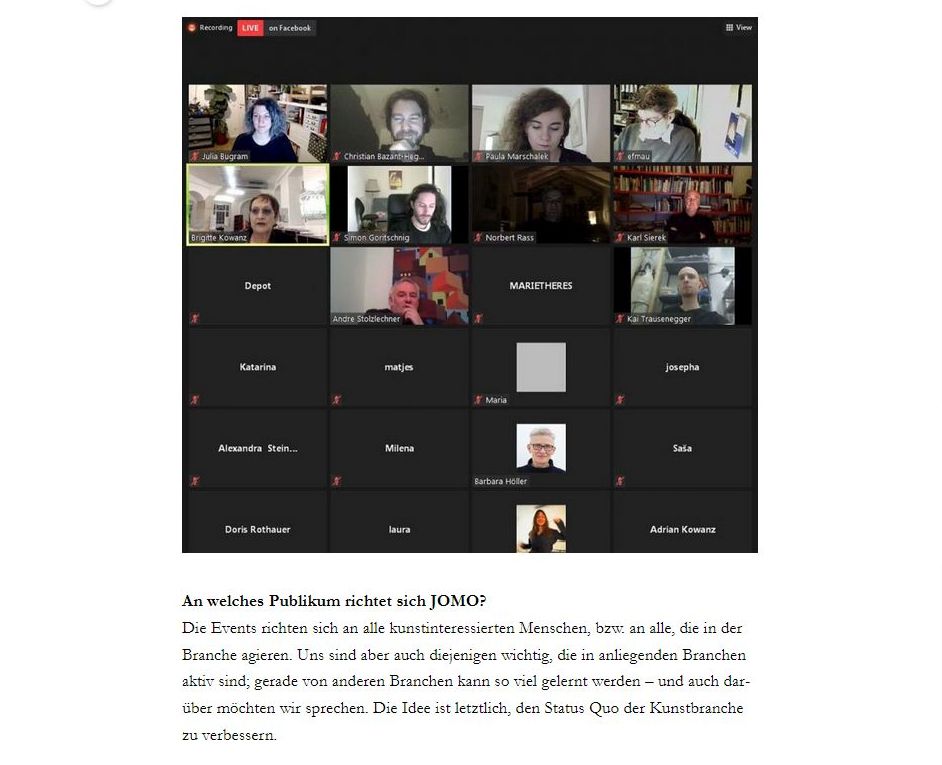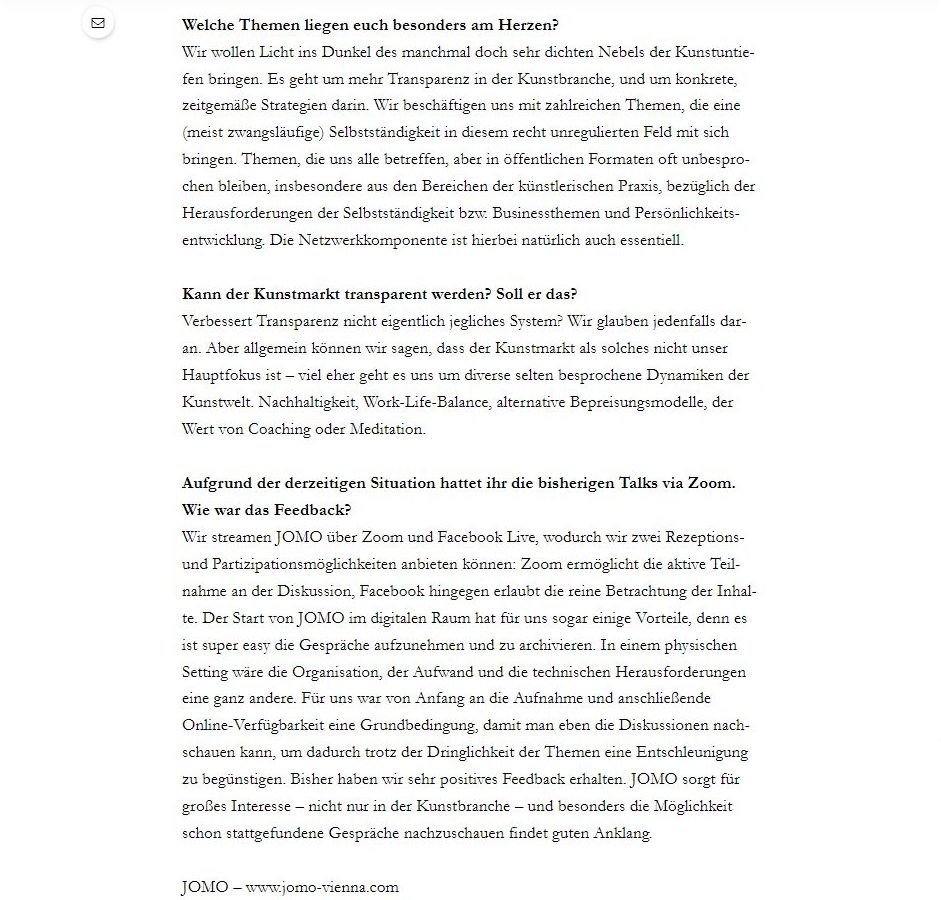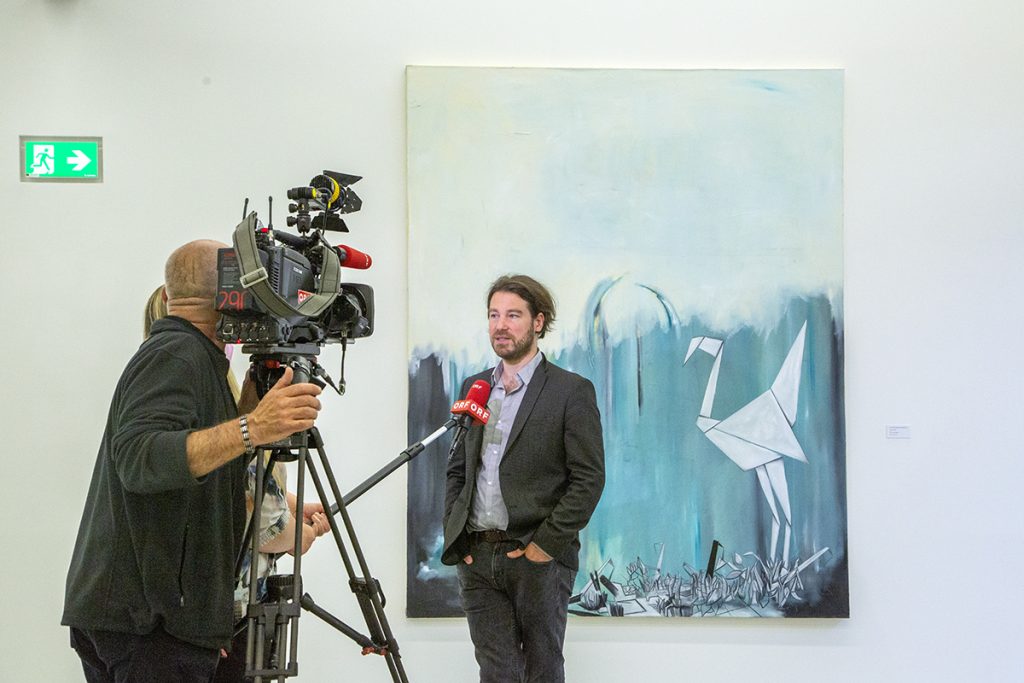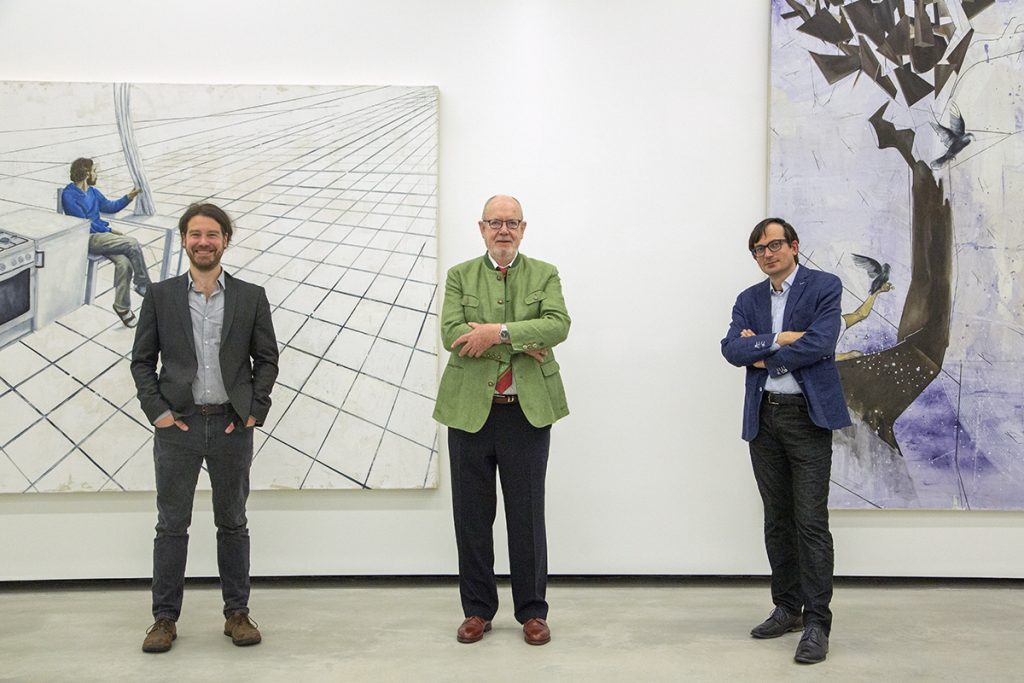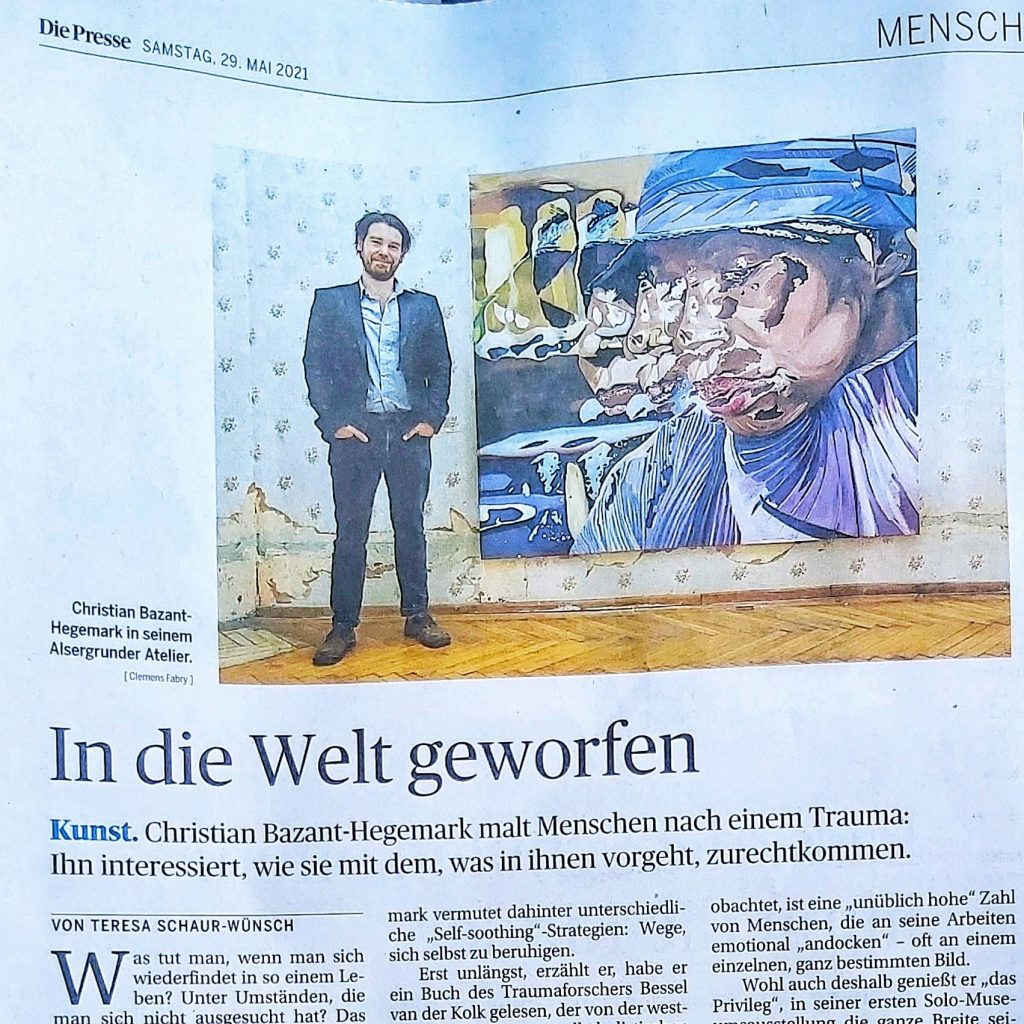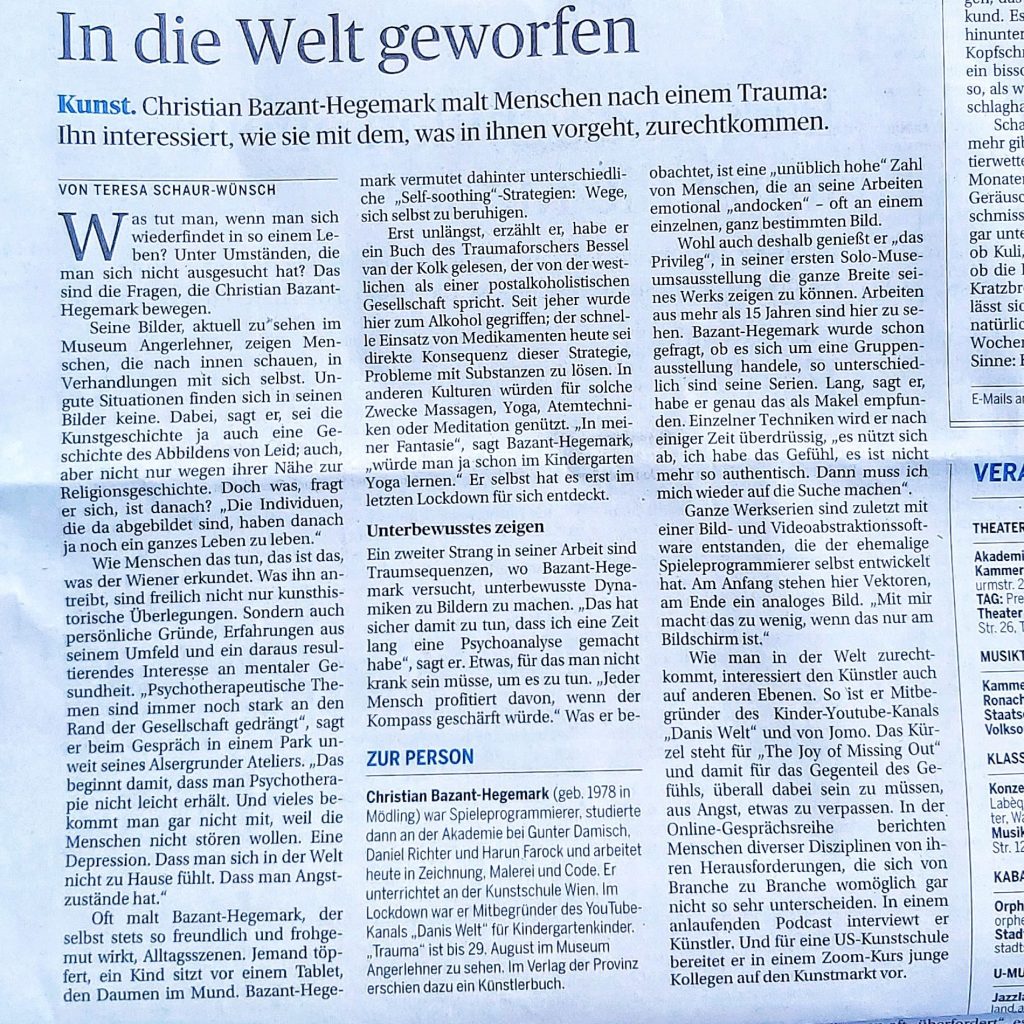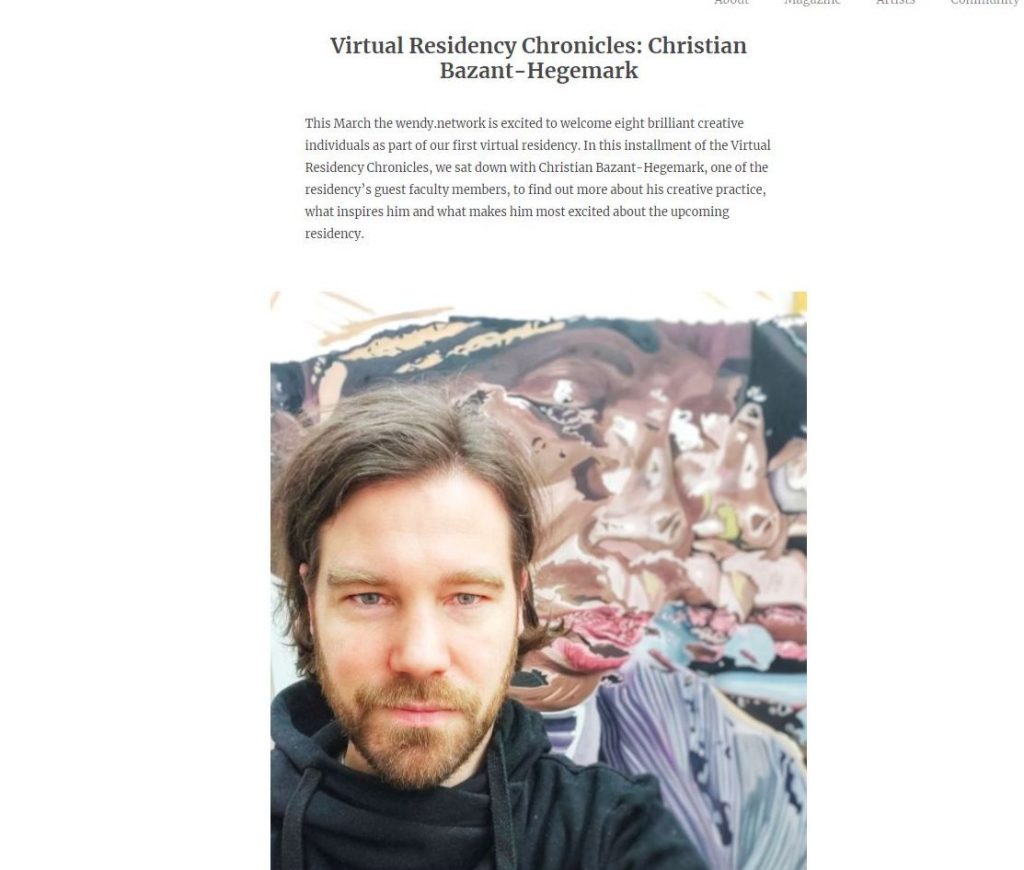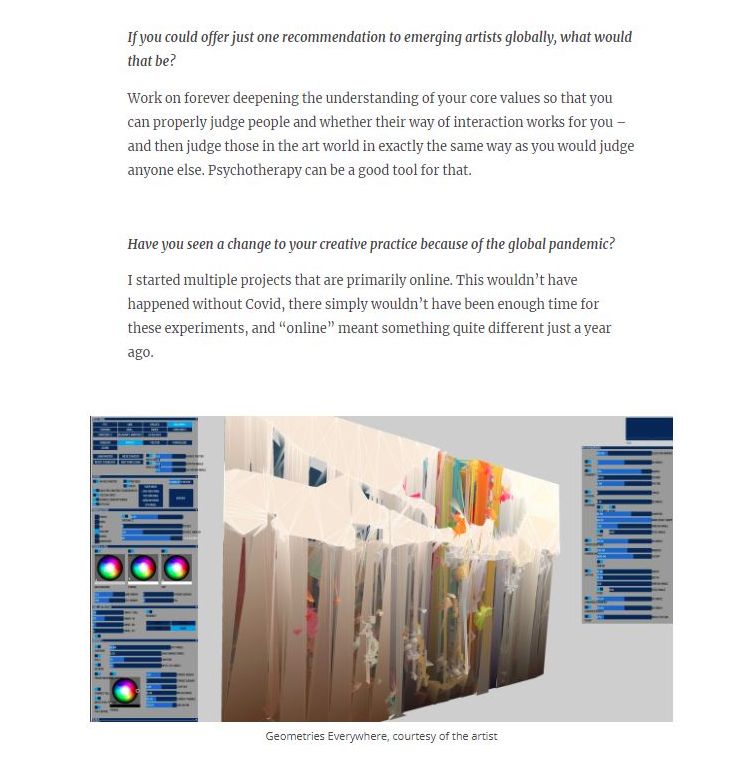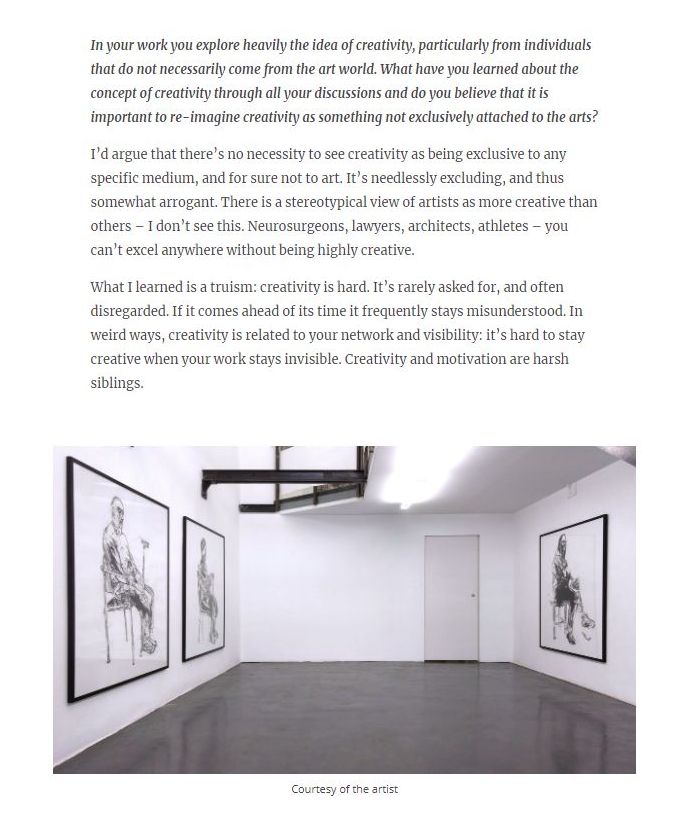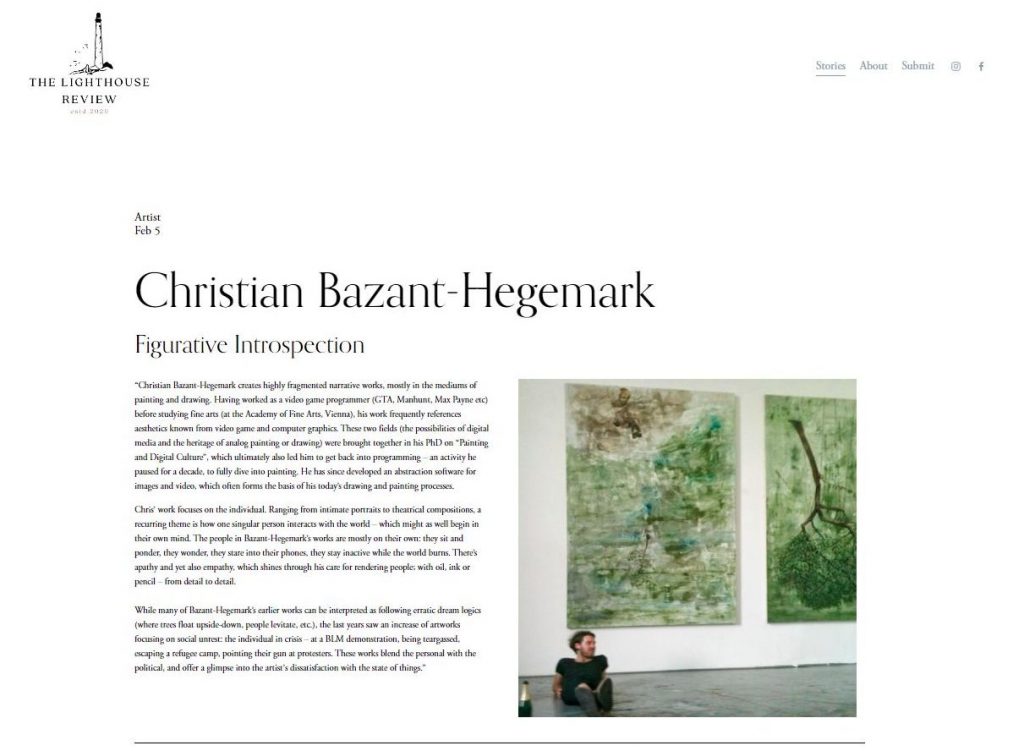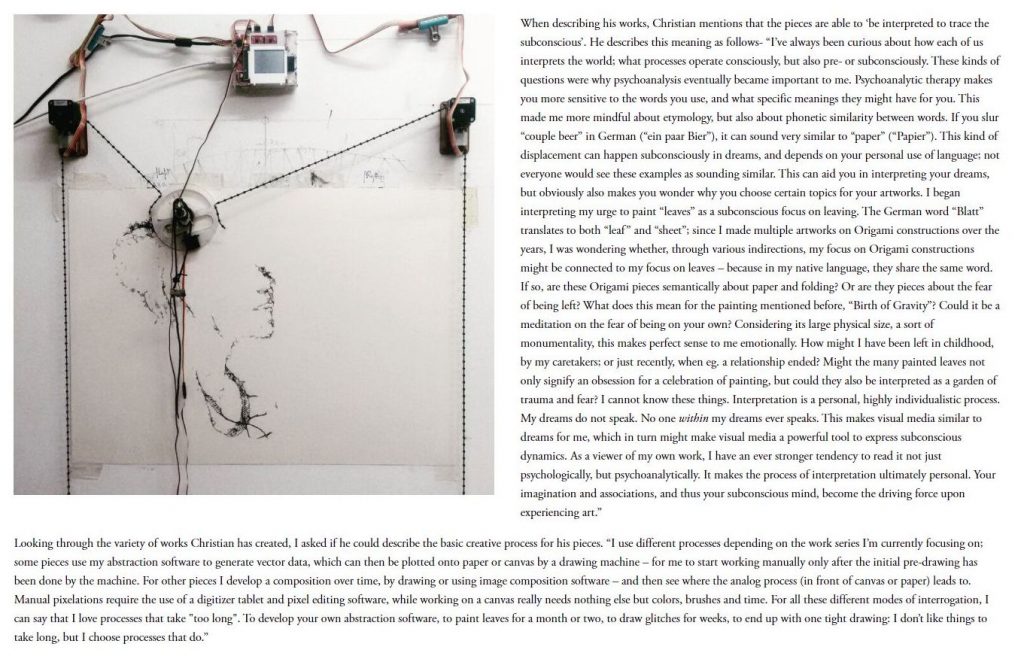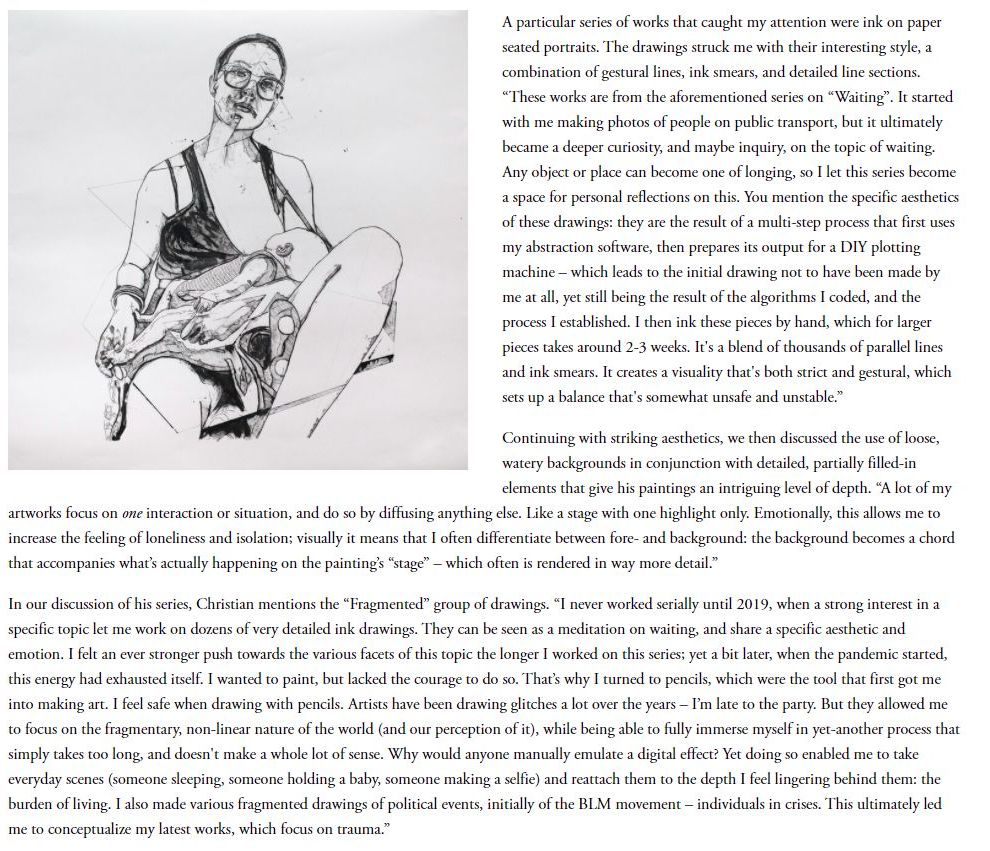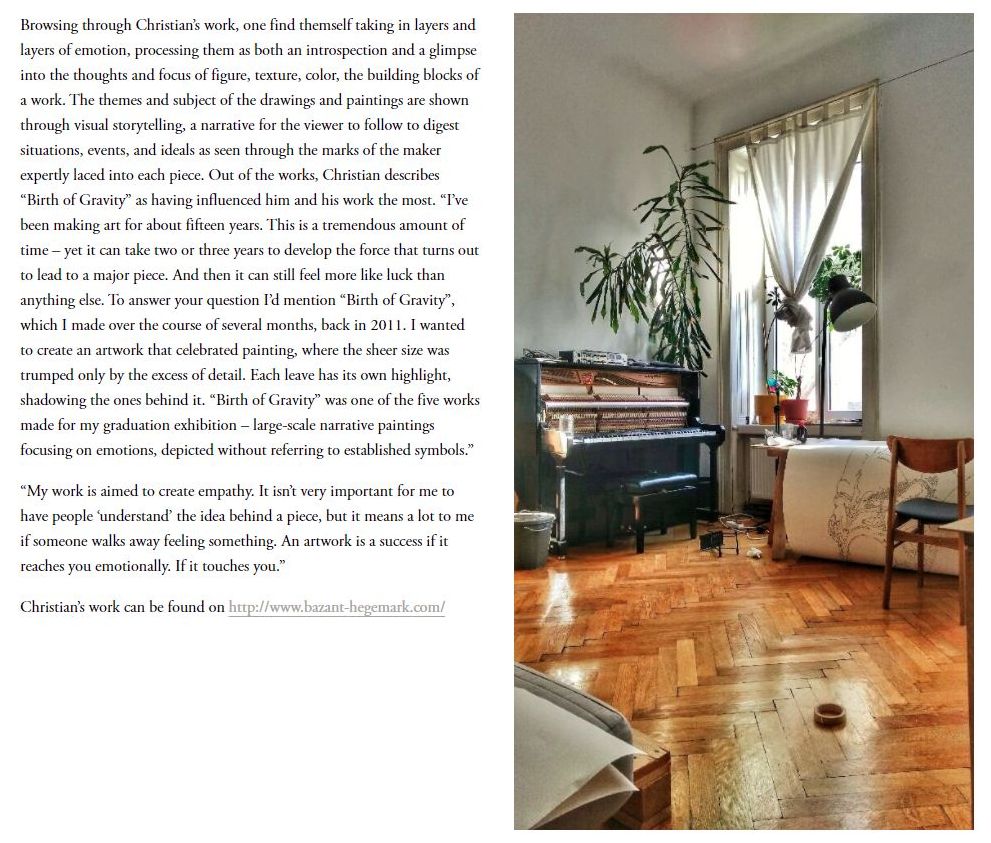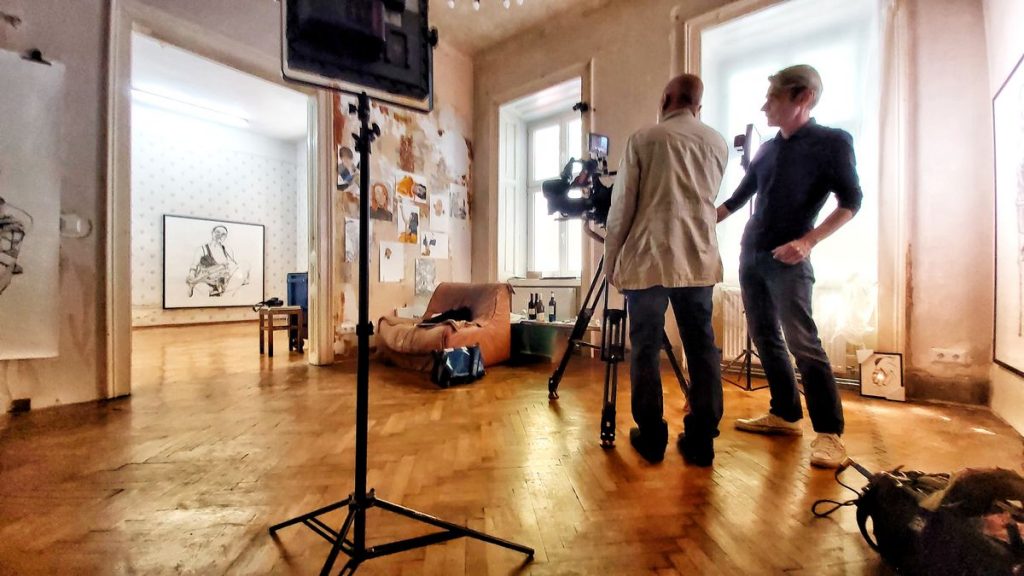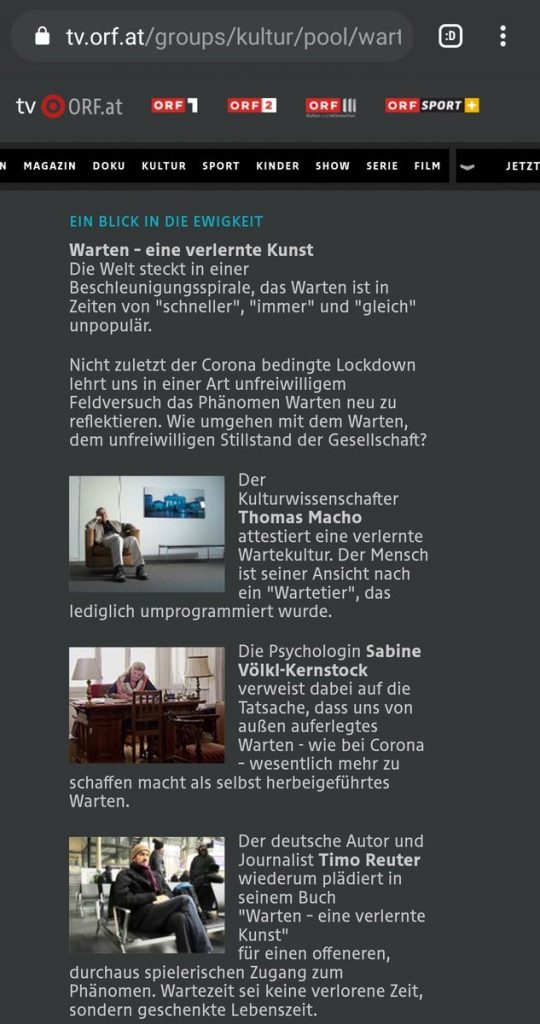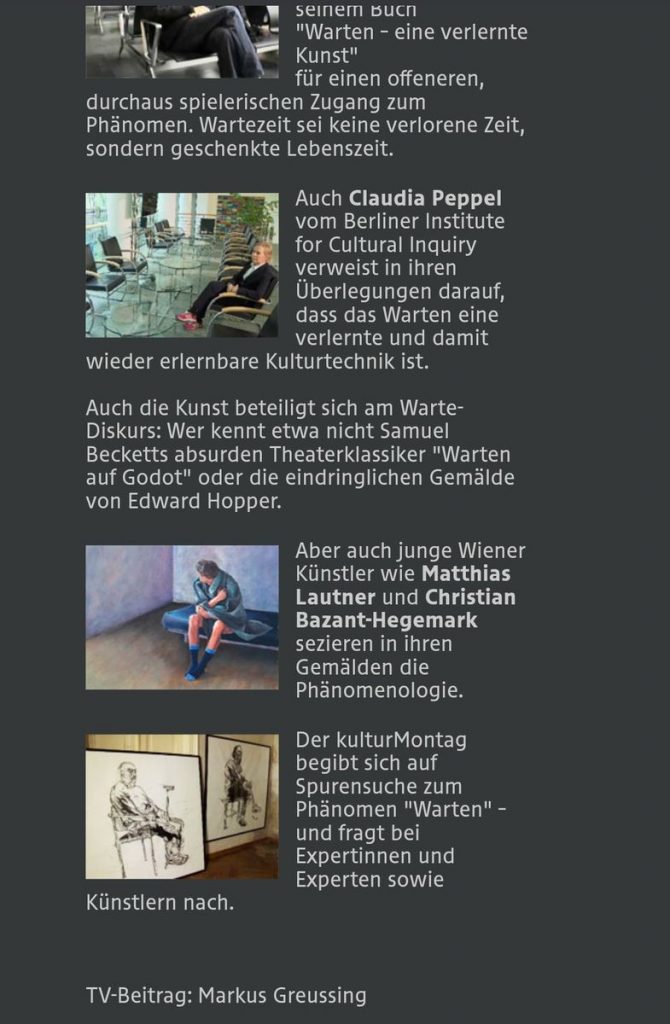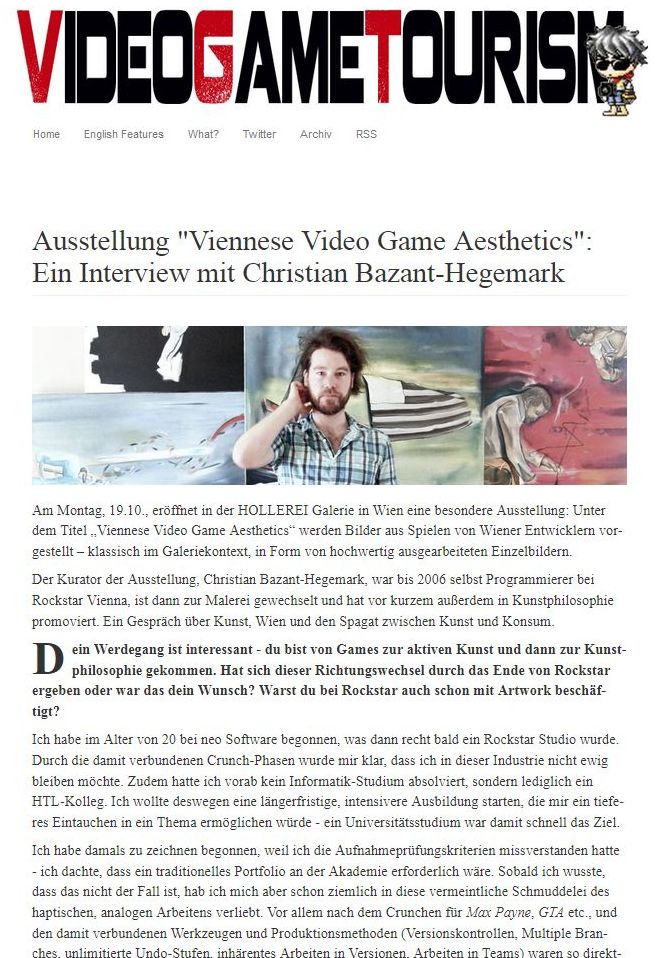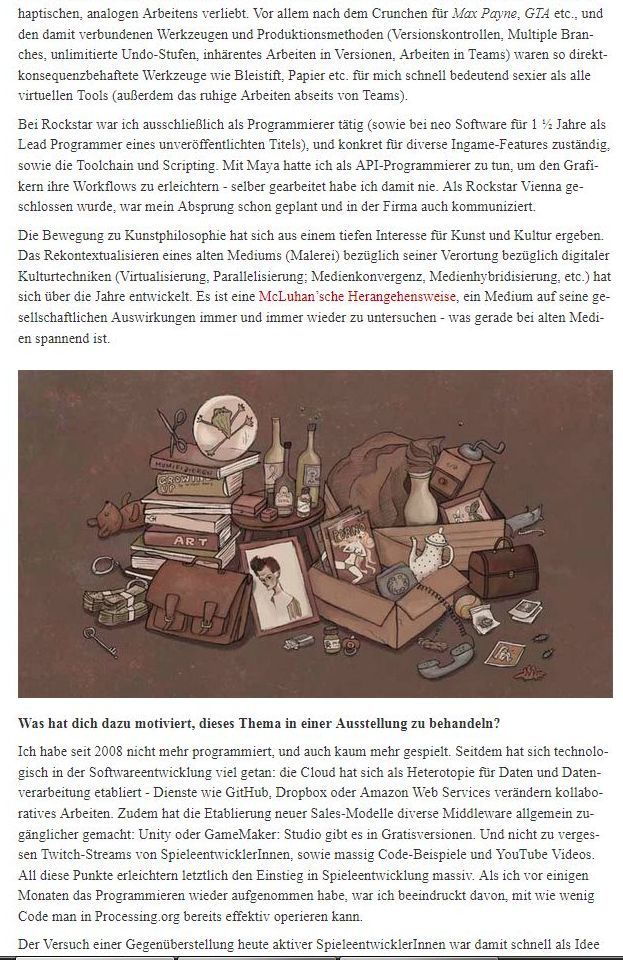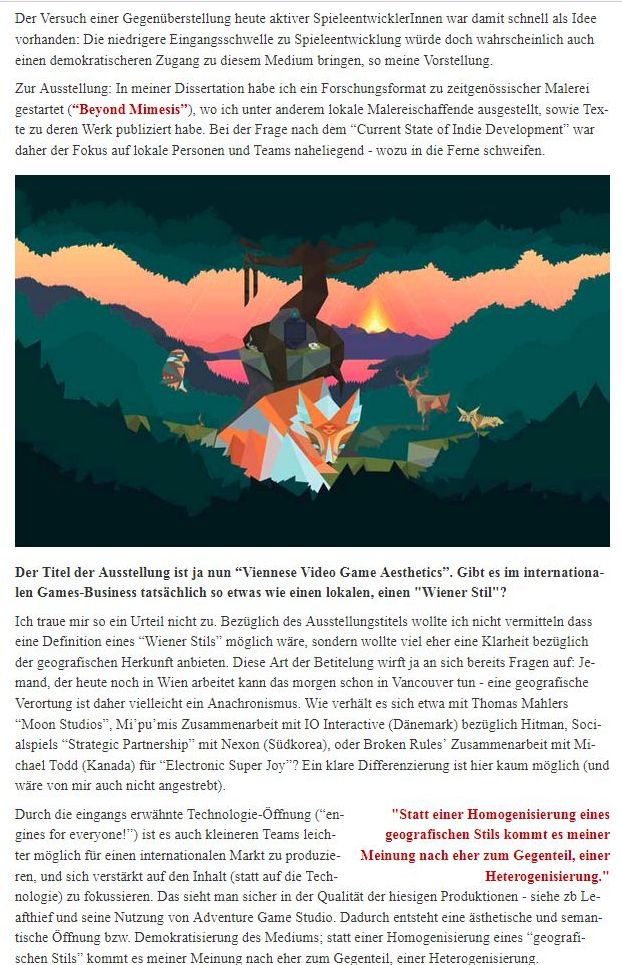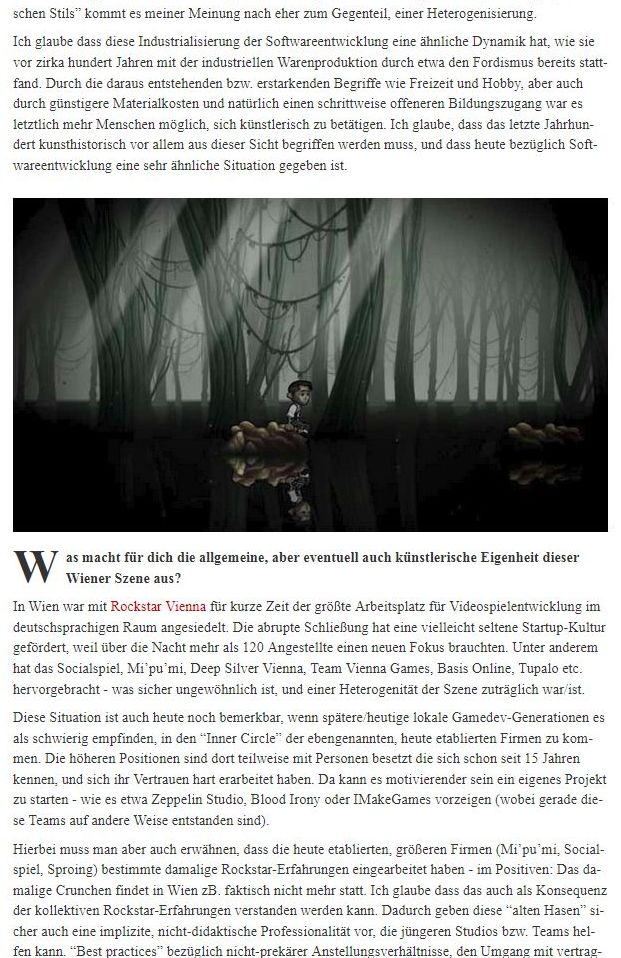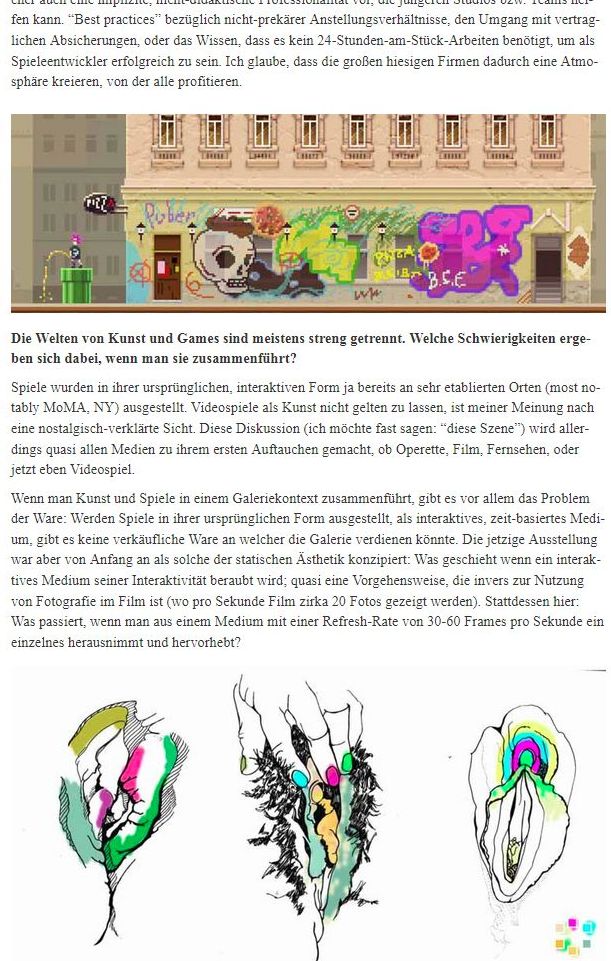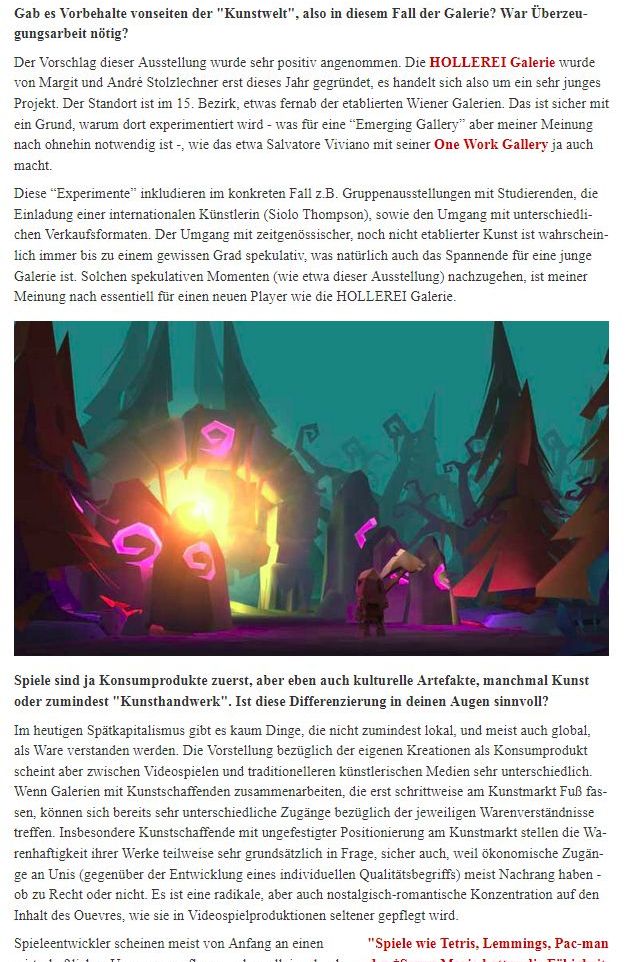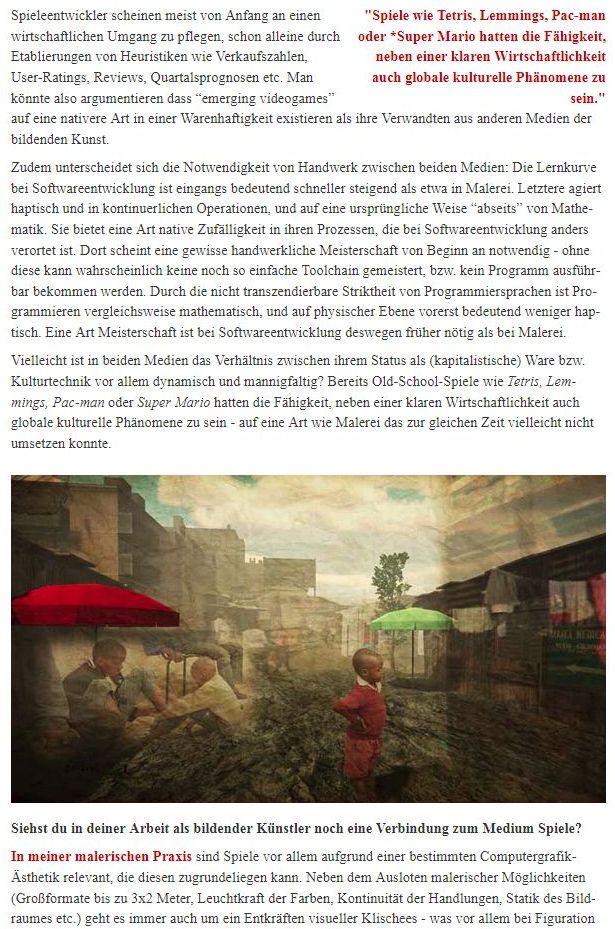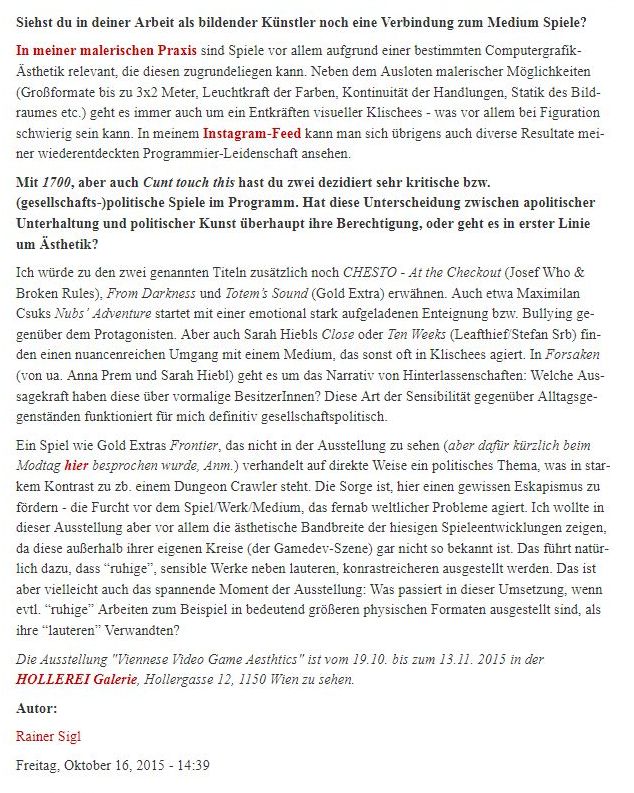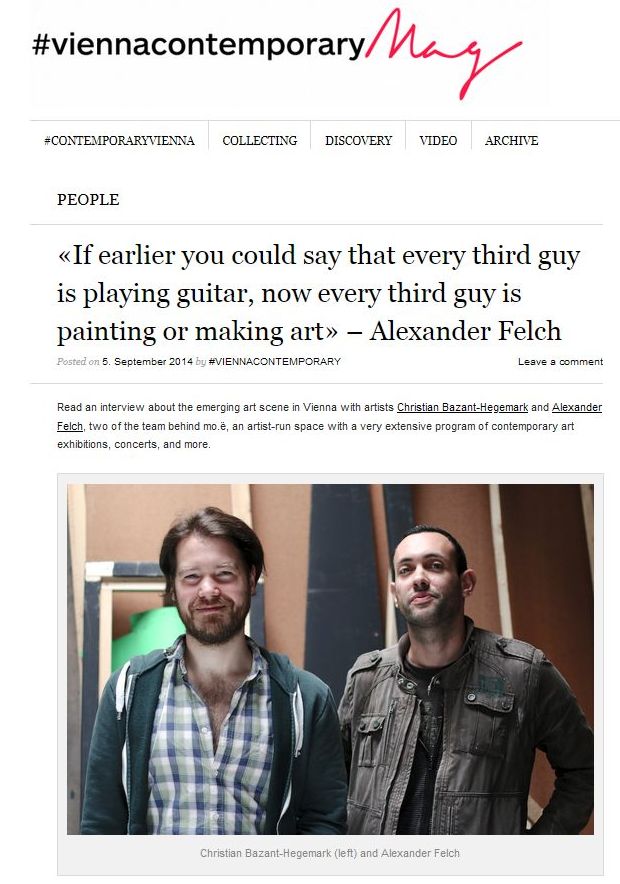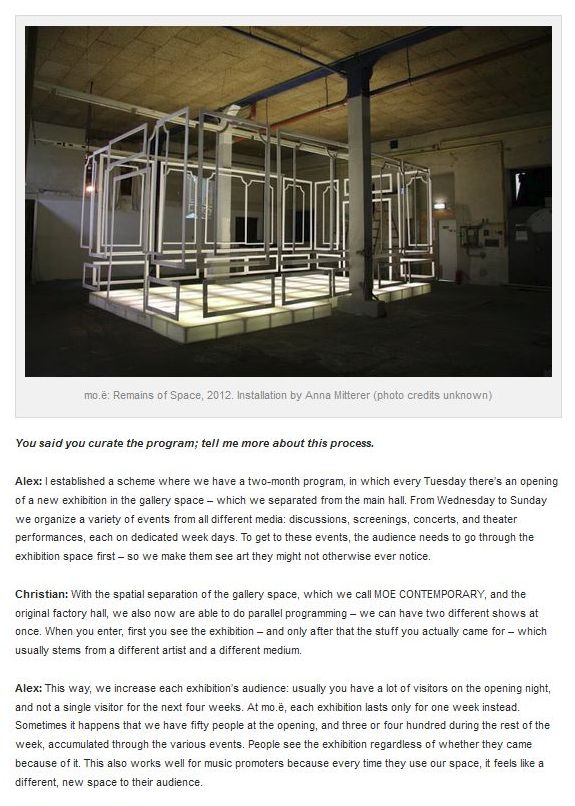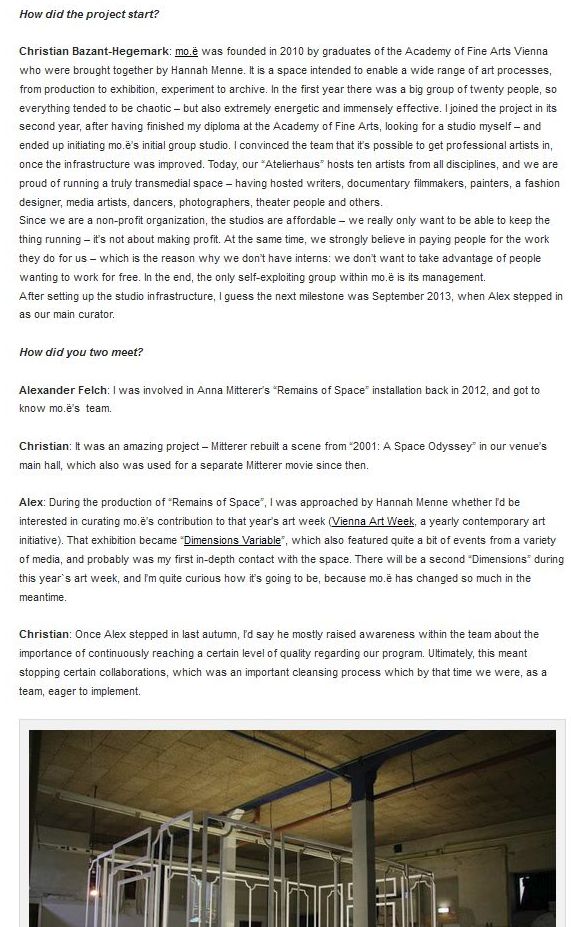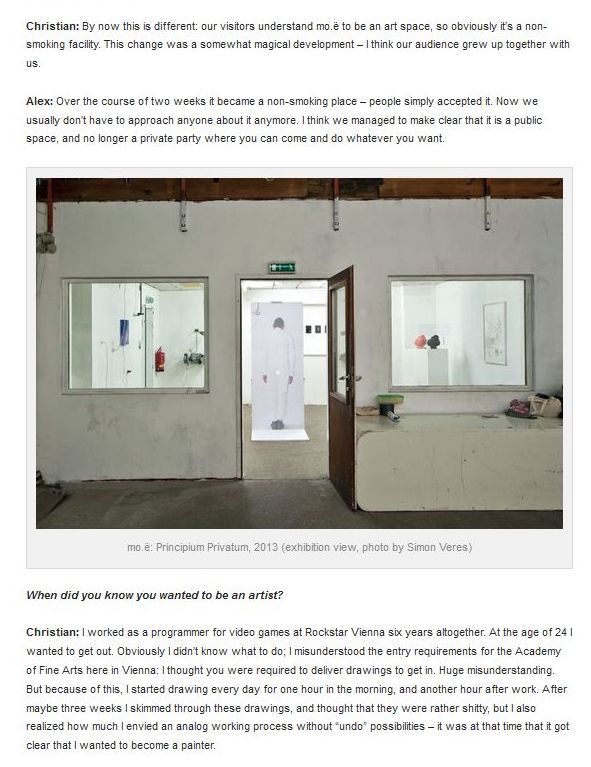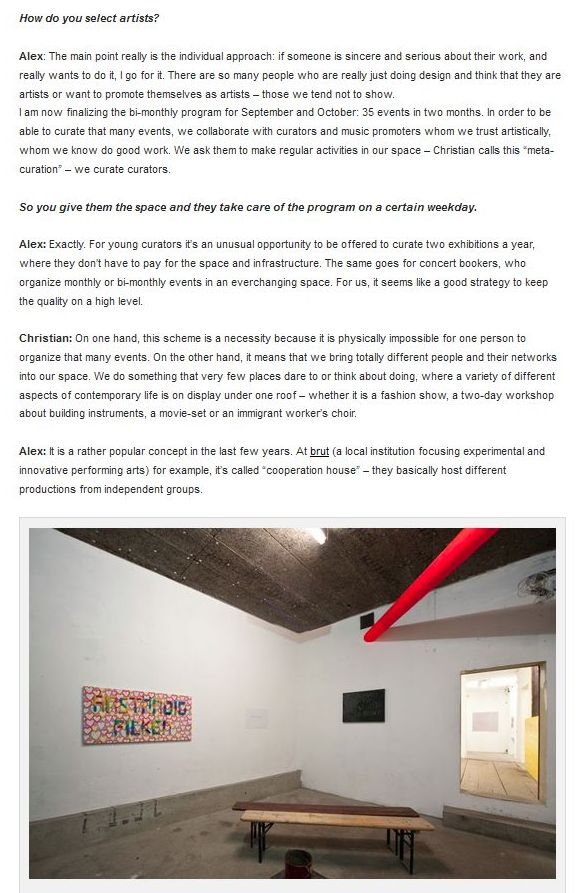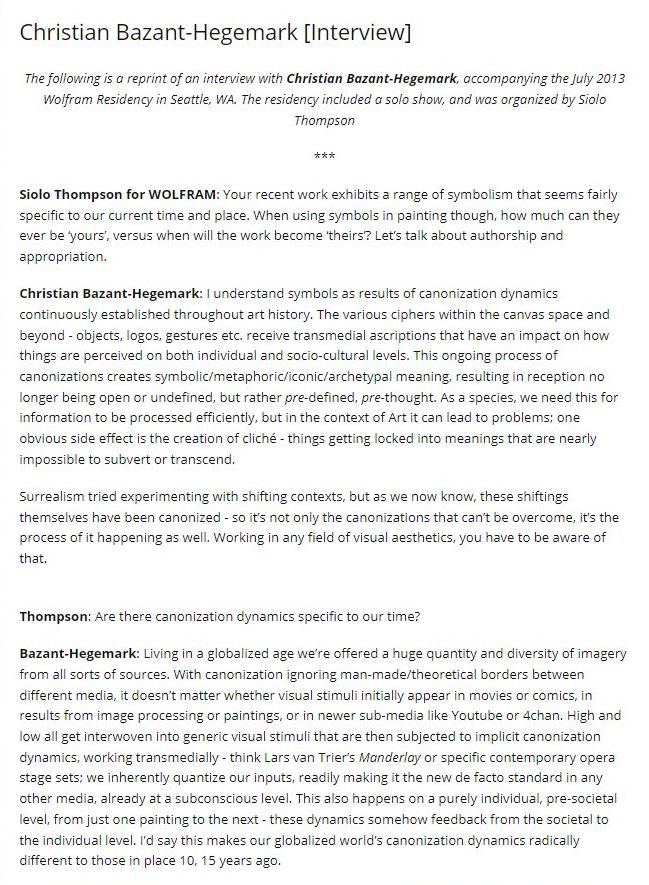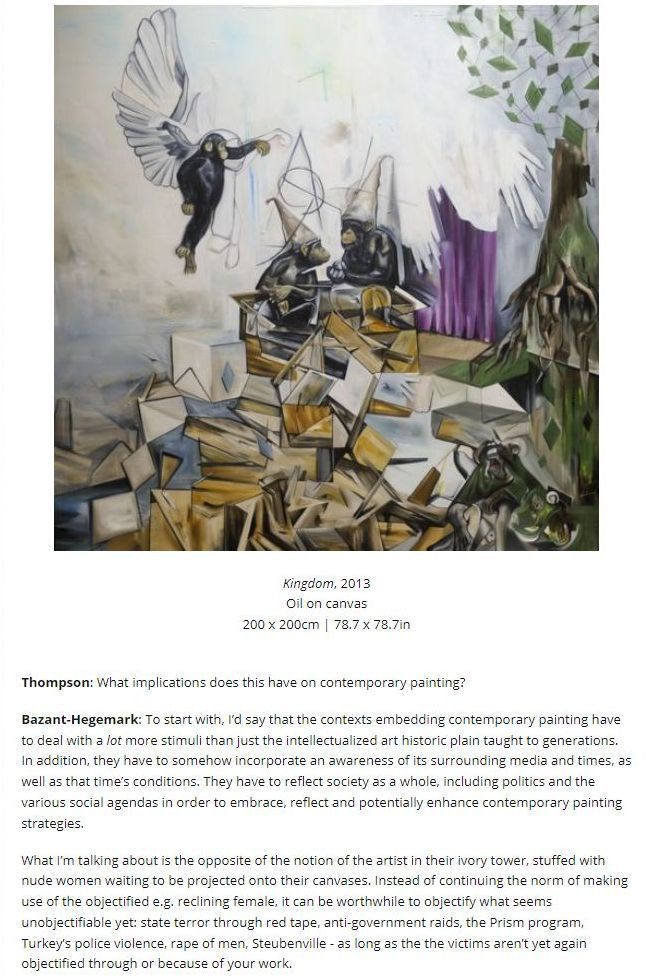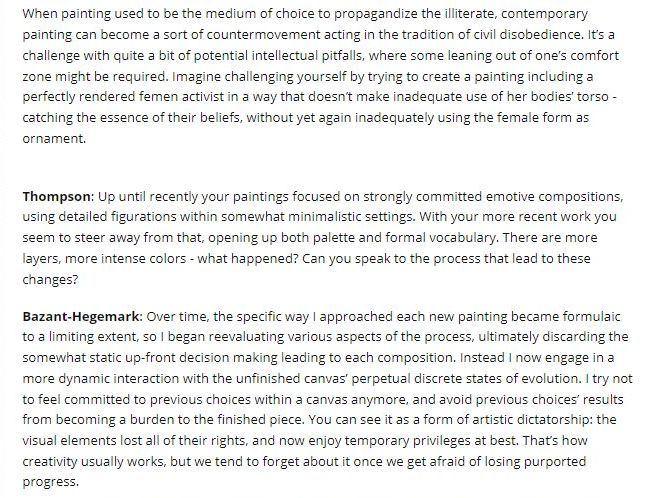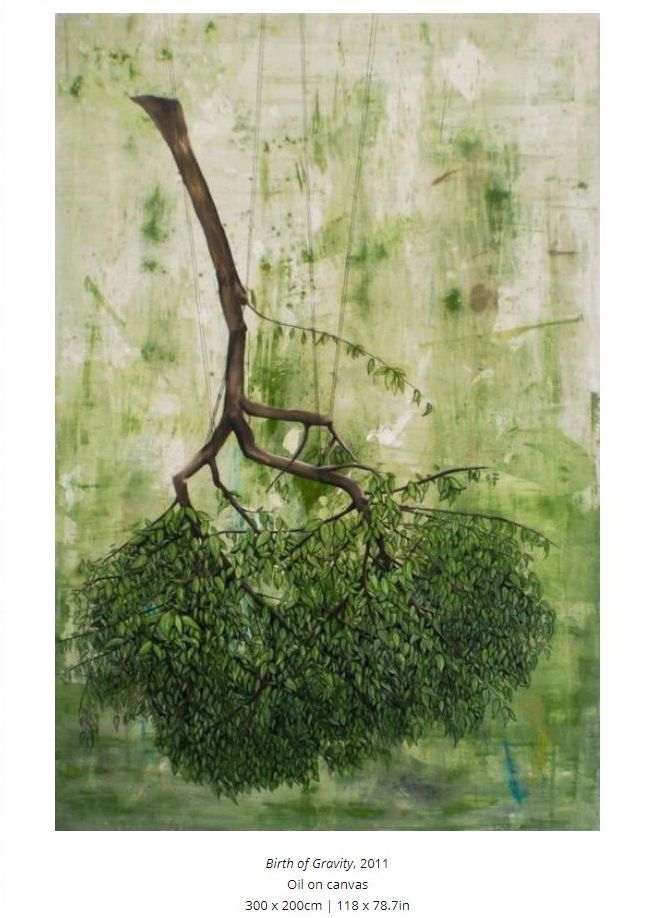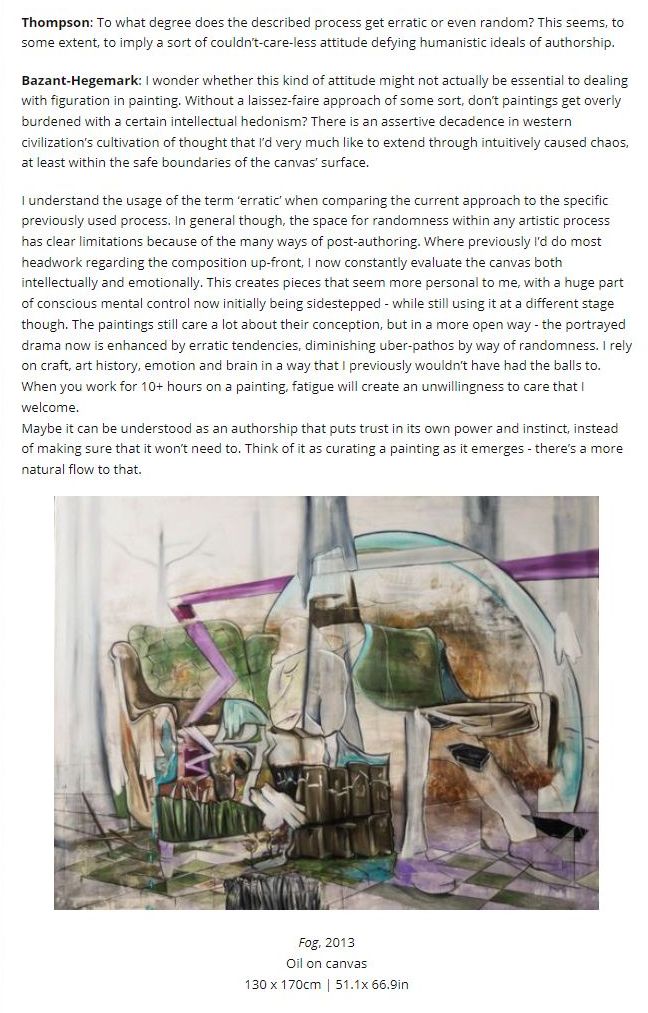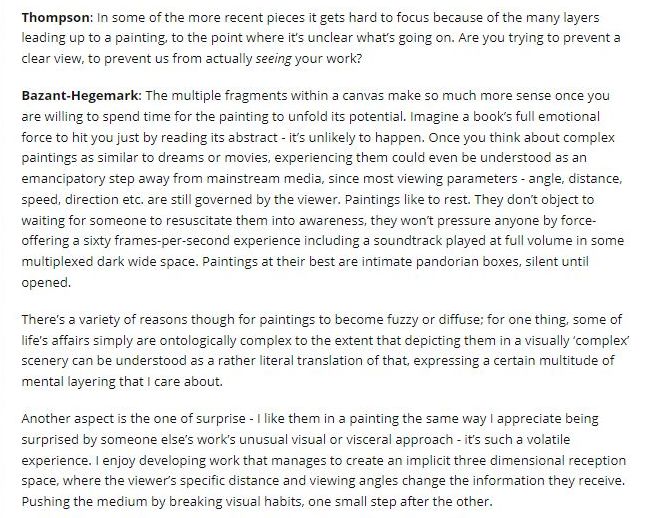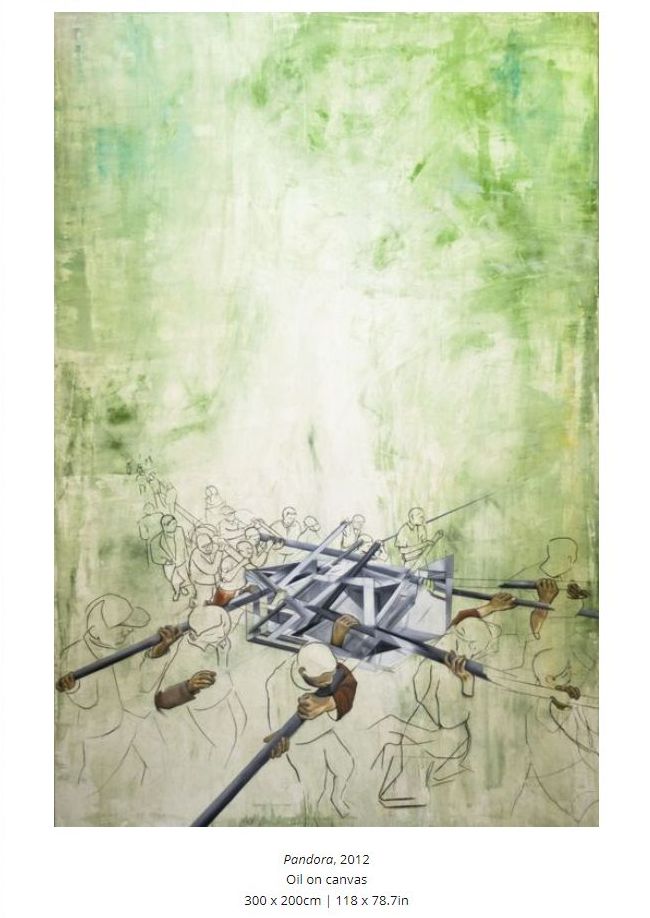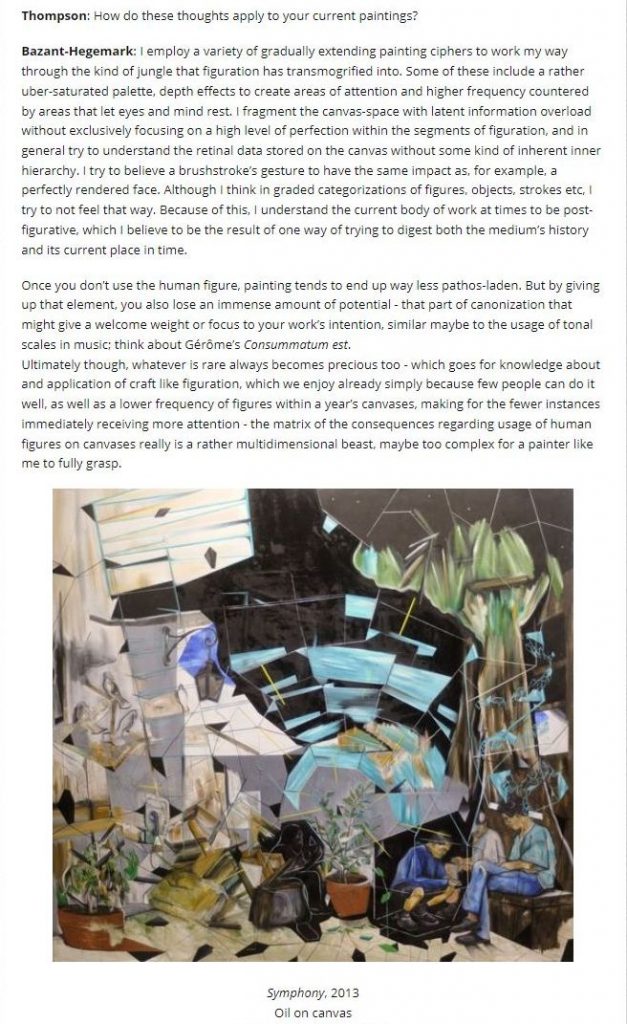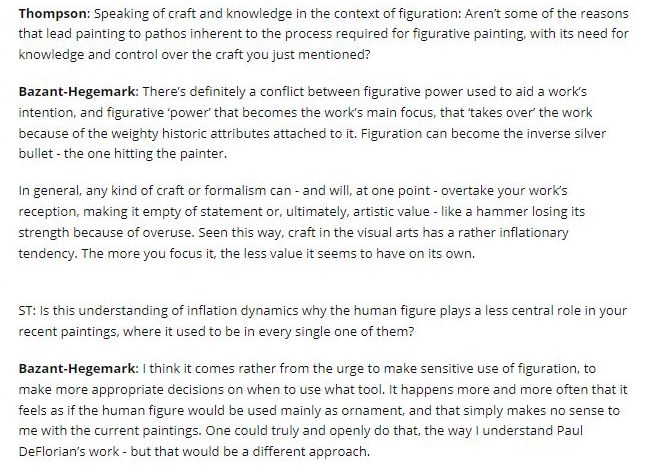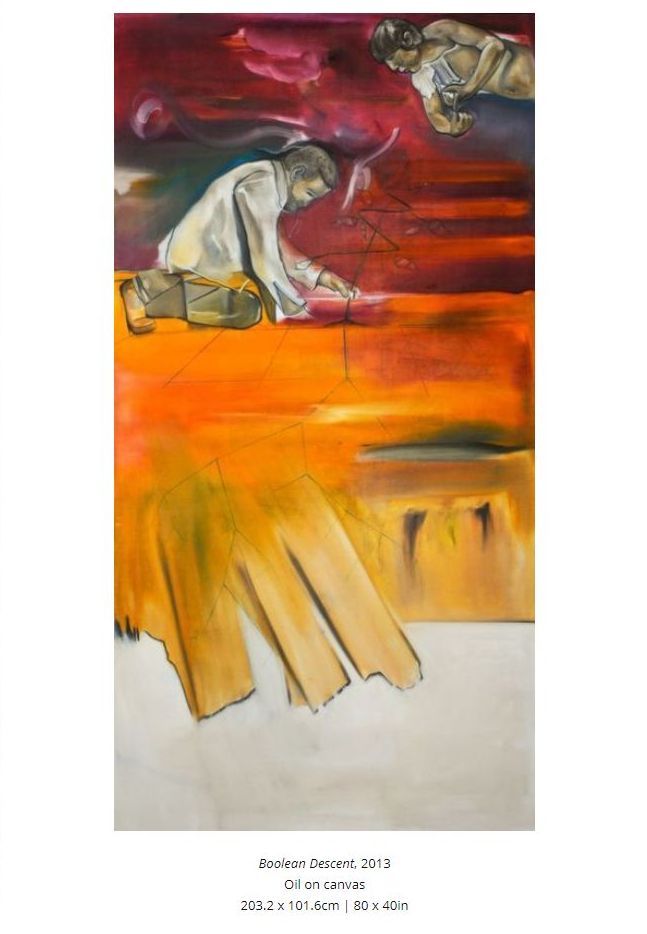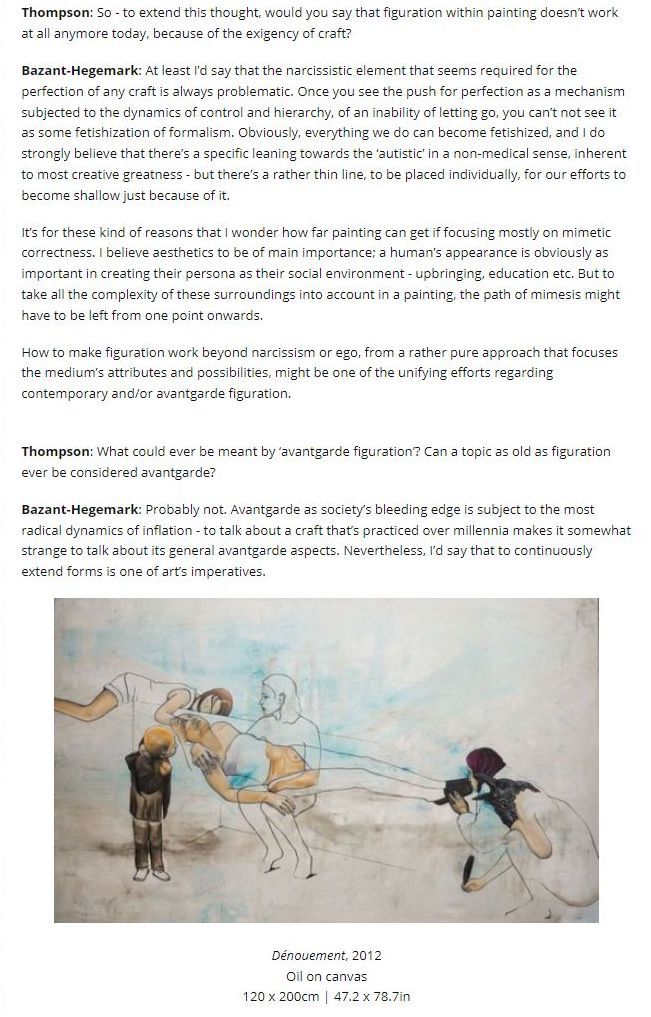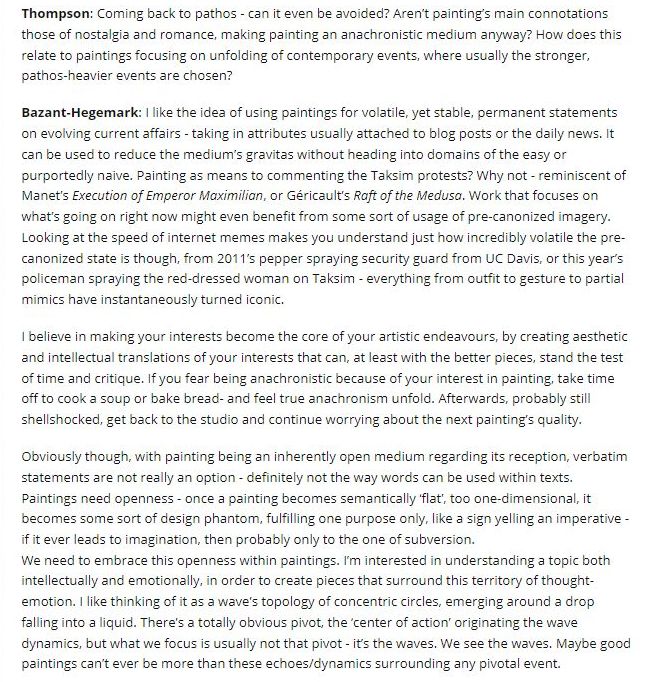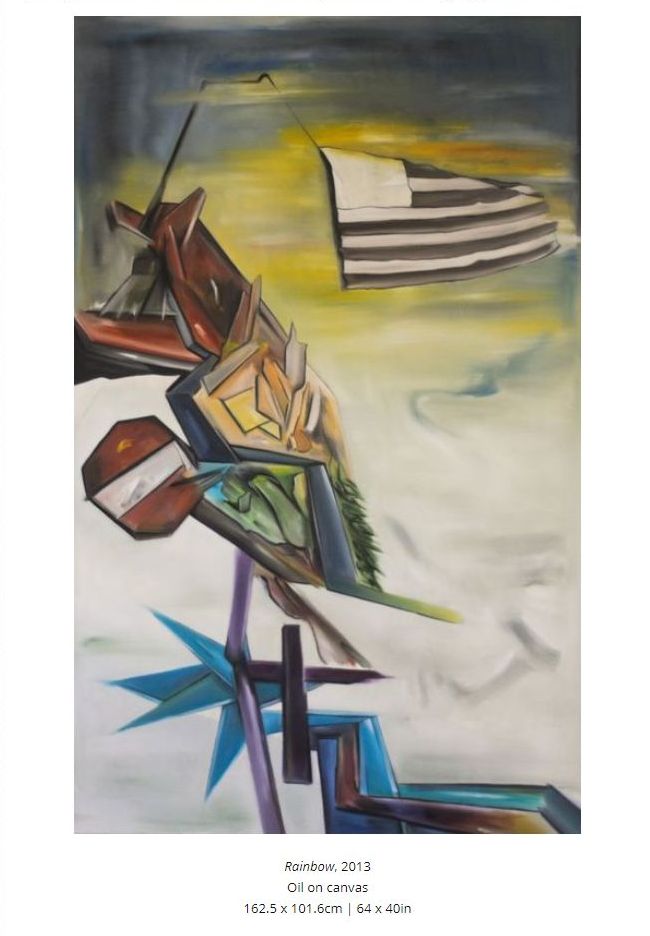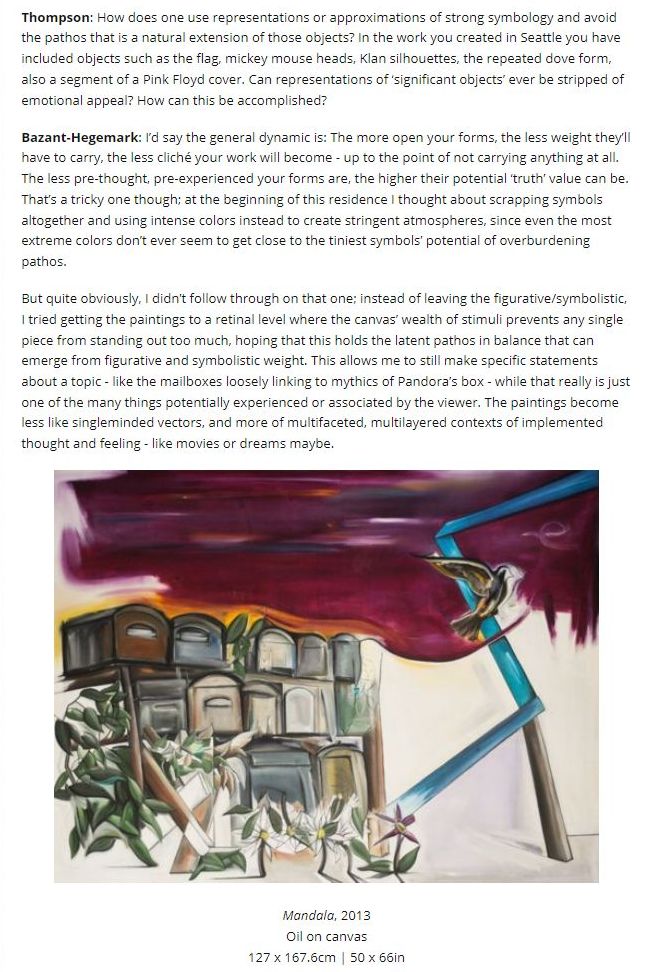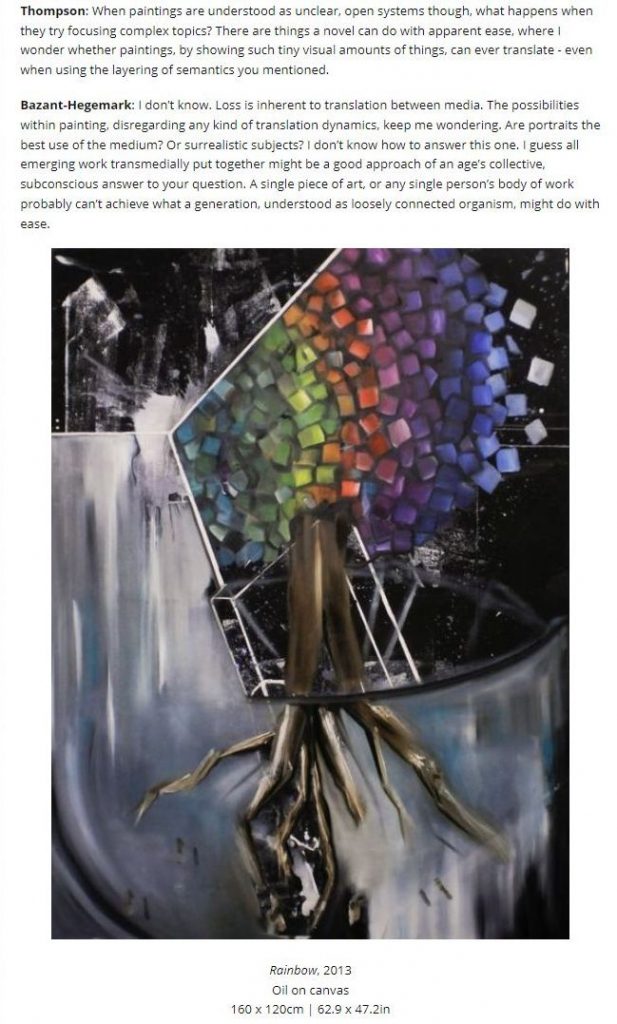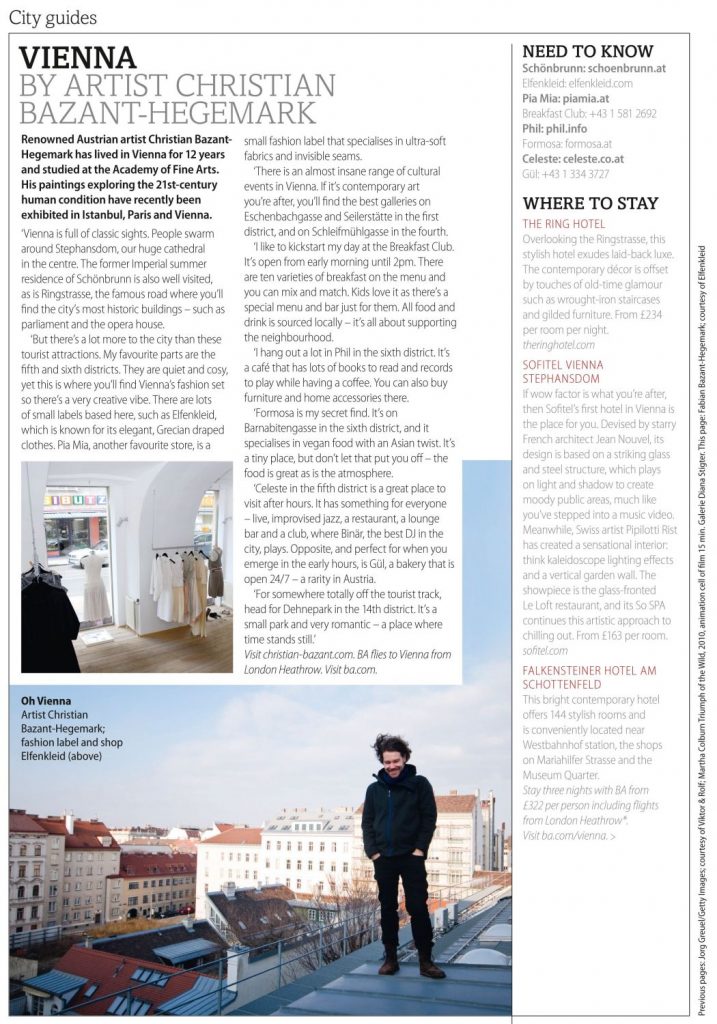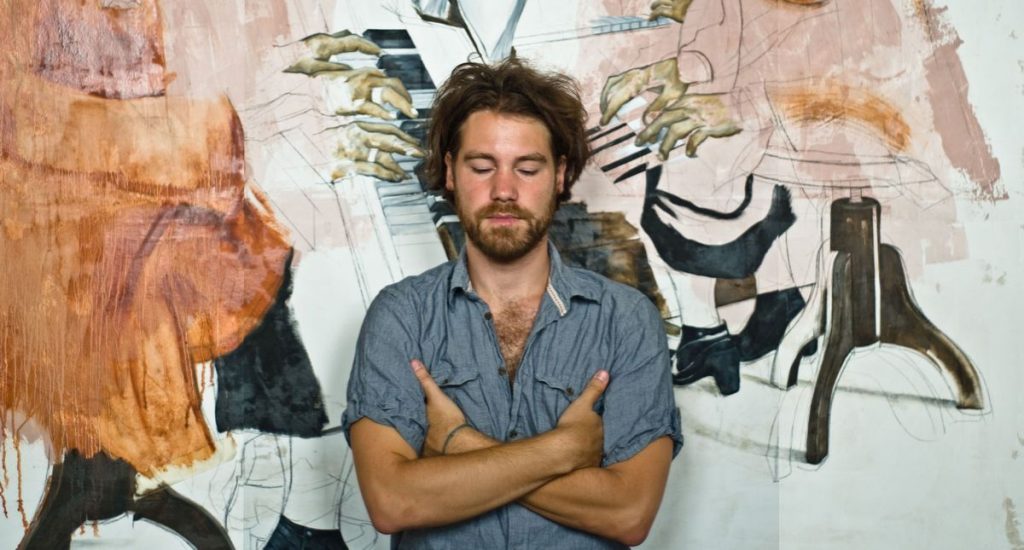Gabriela Kisová (GK): Before studying at the Academy of Fine Arts, Vienna, you were programming video games. Painting is the classical static medium – do you miss any kind of “action”?
Christian Bazant-Hegemark (CBH): The whole idea of starting to paint was to get away from an undo-based, kind of inconsequential routine that dictated my professional programming life. I grew tired of it. It started to annoy me. Obviously, the “action” that you mention is what enters your life exactly when there is consequence. So to me, the traditional media are something I explicitly chose for some of its basic attributes – not being able to work in versions/branches, not being able to step back when you messed something up, and then also, because I cared for a medium that very much allowed me to work alone, to create the whole ‘vision’ by myself – not to work in a team; but this of course leads to a whole different set of problems…
GK: You paint and draw. Do you consider your drawings to be preparations for the paintings?
CBH: I rarely consider drawings to be sketches. I tend to work on a piece until there’s the feeling that it’s strong enough to stand by itself – so even if drawings are made to better understand the problems of a painting, usually i want the drawing to have some kind of inner life, to be able to not only coexist. But for a year now all energy went into painting, because its innate attributes somehow can’t be approached or understood when working in other media. Also, instead of drawing, for the last couple paintings the preparations were more done by writing things down, verbally – not by drawing.
GK: One can often see prior drafts in your finished work – for example when you don’t get a figure’s hand right, you draw on top of it, but don’t erase the initial strokes. Do you like to show mistakes?
CBH: So of course: There are no mistakes. The idea to show prior ‘versions’ of a piece appeared because I liked to emphasize that the finished piece really is nothing more then the result of a certain set of decisions: other’s could have been made. Then also some people see these thin lines as auras – I like this emphasis.
But in general i guess i simply like the idea of opening up the process, to let the viewer get a glimpse of understanding of the route that led to a finished piece.
GK: How’s your relationship to color? Do you use color intuitively or programmatically?
CBH: I don’t get color. My relationship to it is broken somehow. I think my strongest work uses only black, or a rather monochromatic palette with an additional ochre and umber. But at one point I decided to open up the palette, to investigate it, in a very unscientific way – and I’m still stuck there – at the moment I use colors all over the canvas, even the primer is peppered with pigments.
Maybe it’s a defense strategy, to divert from the works real problems. Maybe color is diversion.
GK: A traditional question: What are your sources of inspiration?
CBH: I don’t really deal with inspiration; there’s a life outside the studio, where lots of things happen that need to be processed, and then there’s another life in the studio, where the processing leads to a certain form. The themes that occupy me most are the daily grind, and thoughts about how relationships between humans work – so maybe we could say that these topics are what drive my work.
GK: What are you working on at the moment?
CBH: I started working on a group of large-scale paintings last autumn, and finished one so far – trying to get away from a certain formalism i used in the past, and aiming to fabricate a new one that feels more adequate to the problems at hand. I try to think more about paint, and less about painting. The canvases are loosely based on ideas about relationships, and try to create a kind of Lynchean atmosphere.
